Terroir Renaissance International Wine Symposium 2020
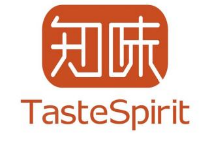
Press release
Shanghai, 01 December 2020
What are the wonderful moments of the Terroir Renaissance International Wine Symposium attended by more than 5000 wine lovers?
The fifth Terroir Renaissance International Wine Symposium was held between 27th-29th November 2020, with 13 Hours International Seminar on Terroir, Top Terroir Wineries for Grand Tasting and several Top Terroir Wine Masterclasses!
THE TRAILER FOR INTERNATIONAL TERROIR WEBINAR
CCTV NEWS
Because of the epidemic situation, this year’s International Seminar on Terroir adopts the way of remote connection. 32 leading figures in the field of wine culture, including famous winery owners, oenologists, scientists and researchers, as well as influential wine critics in the industry, met with you online. Nearly five thousand viewers watched online to share the wine knowledge feast and discuss “what role do people play in the interpretation of Terroir diversity?”
Mr. Aubert de Villaine, honorary chairman of the Association Internationale des Terroirs and the co-owner of Domaine de la Romanée-conti, and Philippe Wieber, Deputy Consul General of France in Shanghai, delivered opening speeches. In his speech, Mr. de Villaine said, “what is the secret of the great wine and the great terroir wine that people say? Searching for secrets doesn’t mean rejecting science, it’s just that science can never fully explain great wines, but only a part, and a relatively small part. However, great wine is a vivid expression of nature. In this expression, don’t think that human beings are not involved in them, human beings exist as foundation stones. The secret of great wine is that as long as human beings respect it, it will return pleasure and happiness to human beings,” which lays the foundation for the discussion of the relationship between “Terroir and Human”.
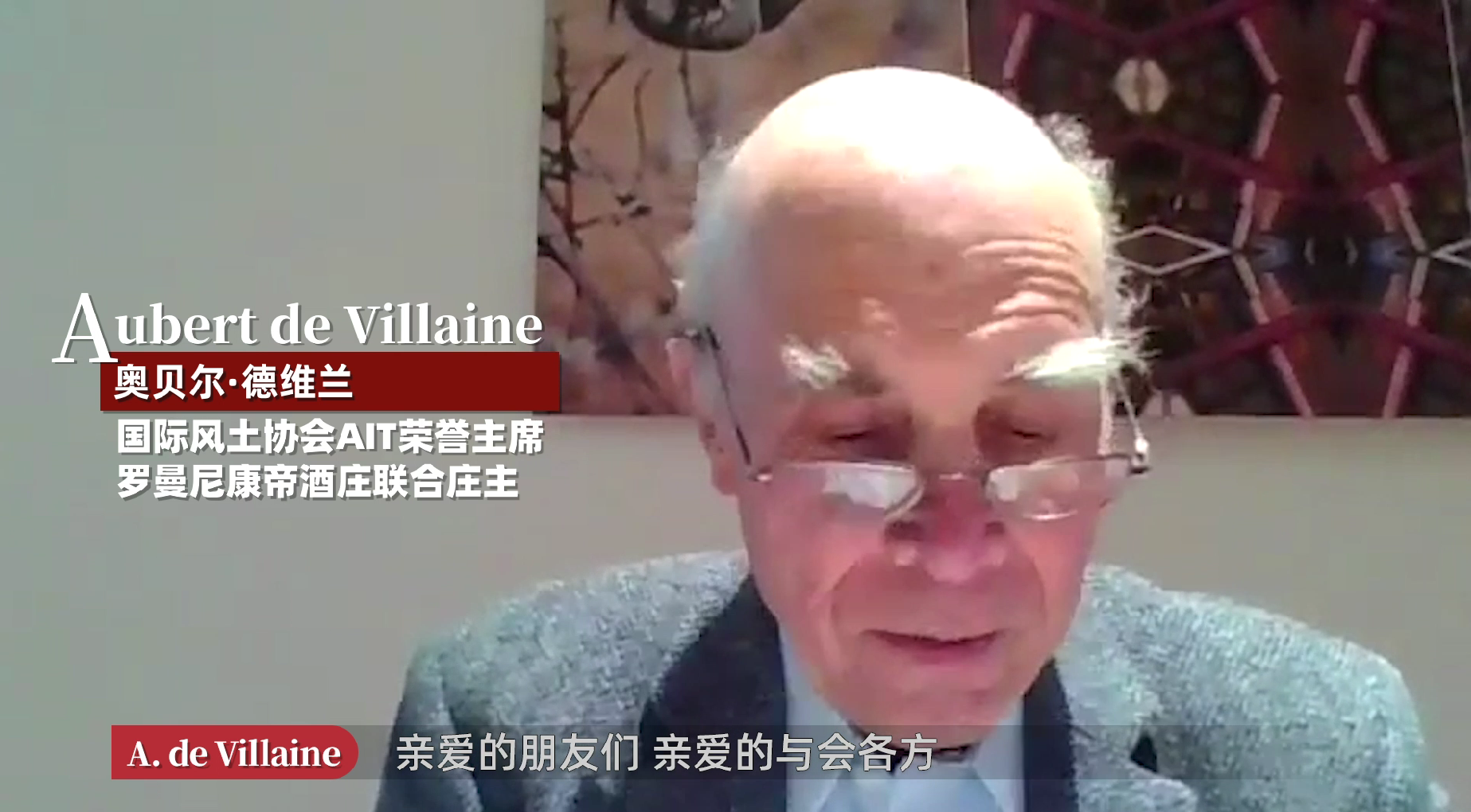
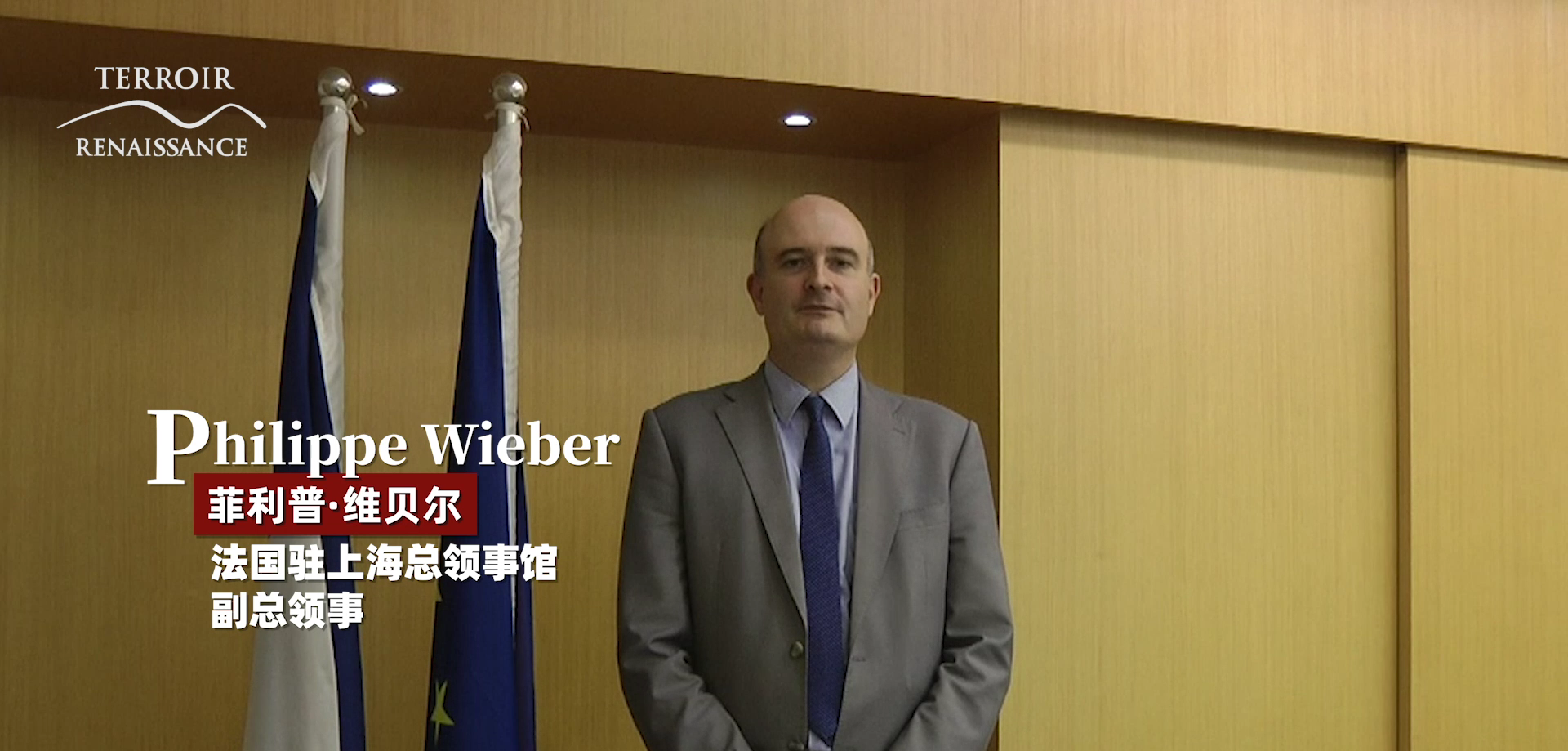
In the morning, it’s the section of Burgundy and Bordeaux. Isabelle Anatole Gabriel, director of UNESCO World Heritage Center for Europe and North America, was the first to speak. The theme of her speech is “the protection and inheritance of world agricultural heritage”. Agricultural landscape has become a part of human heritage. Through the concept of “Terroir”, we can better protect and promote them.
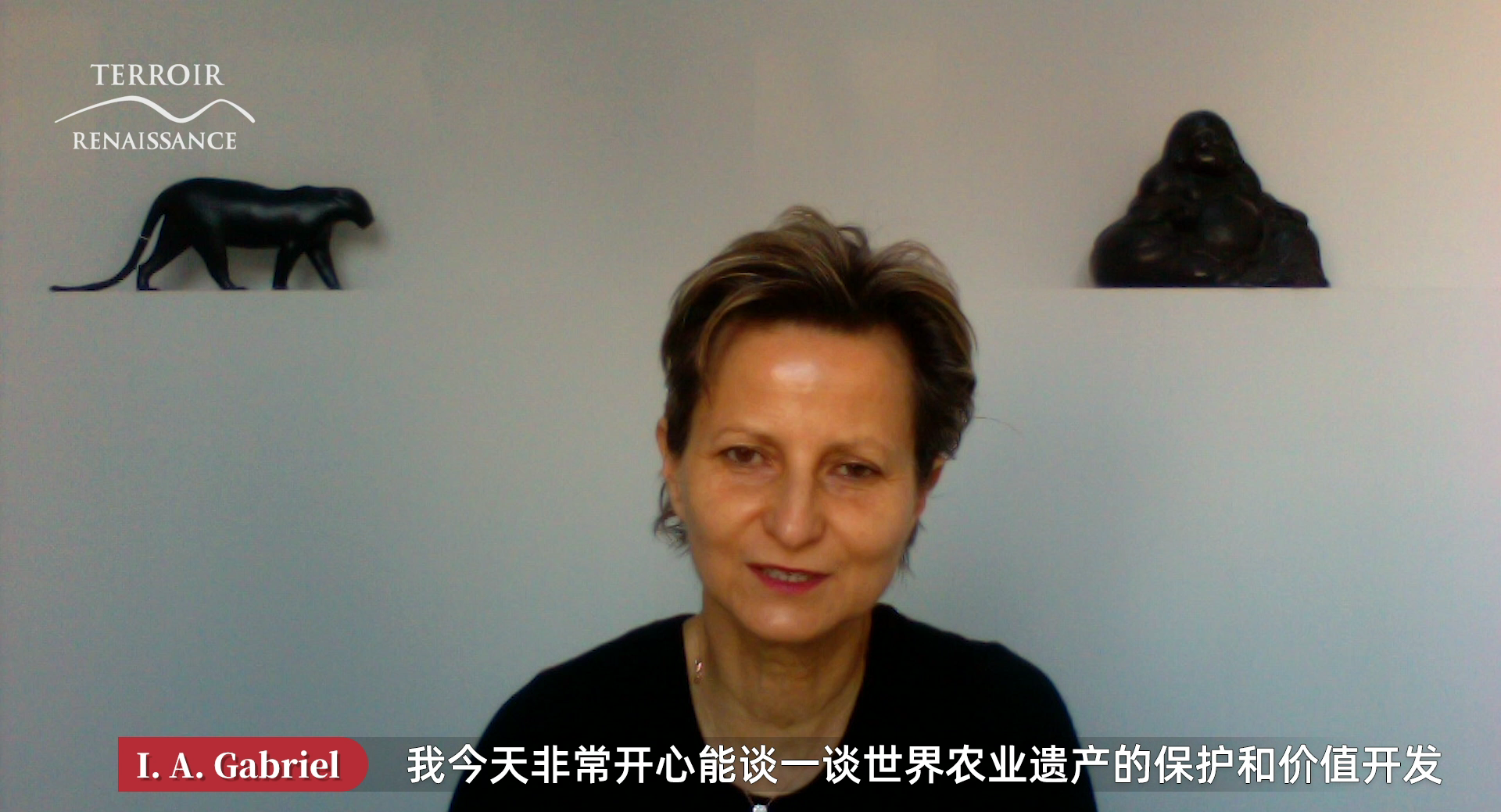
Then the co-owner of Domaine de Villaine, Pierre de Benoist and Jacky Rigaux, world famous wine writer, discussed “how to express the Terroir through human”. Nature intervenes before human beings, and human beings follow in order to observe and understand, serve nature and make great wine.
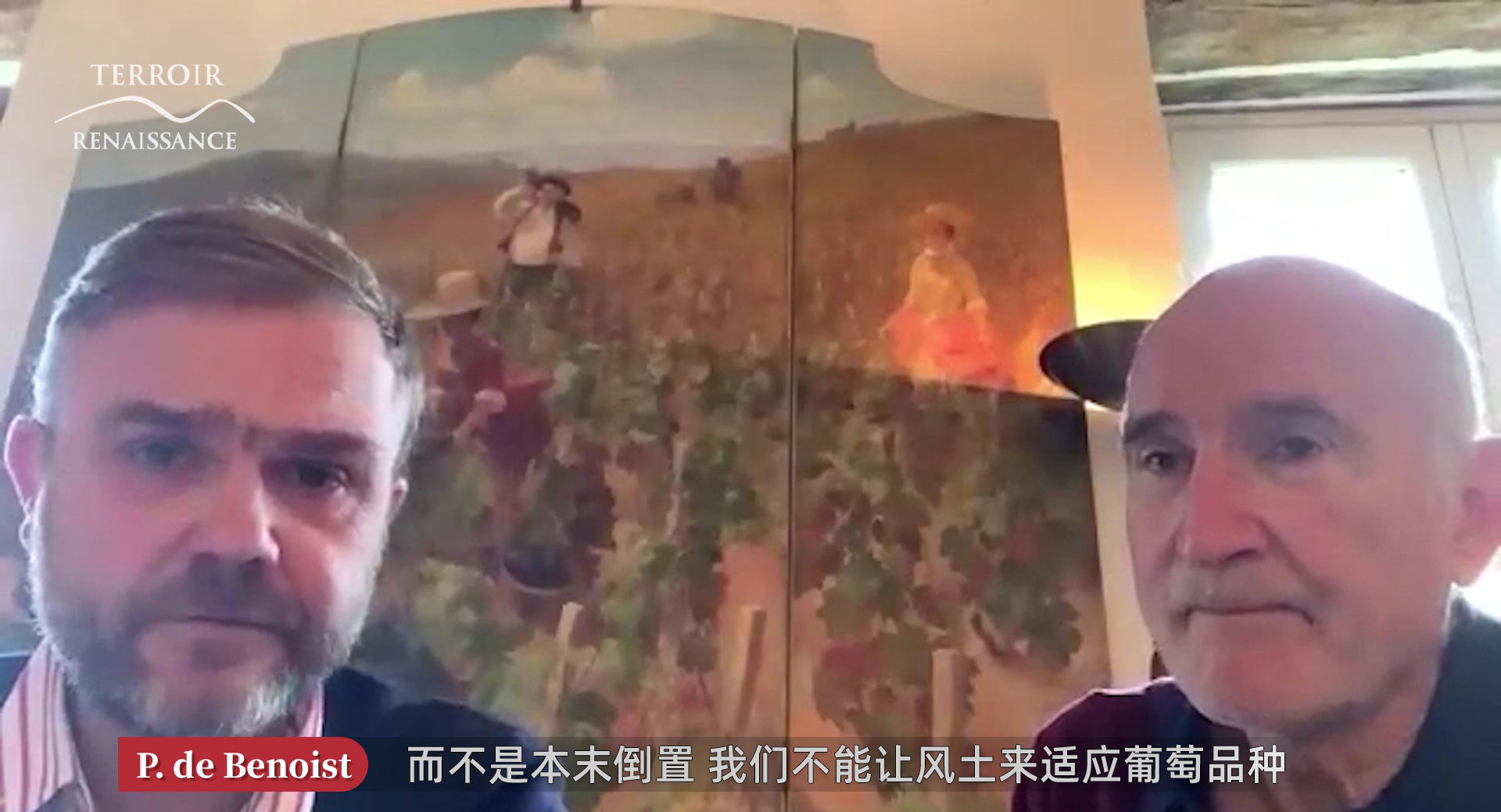
Next came a round table hosted by Jacky Rigaux, with the participation of owner of Domaine Arlaud, Cyprien Arlaud, winemaker of Domaine Ponsot Alexandre Abel and owner of Domaine Dujac Jeremy Seysses. The three speakers discussed the relationship between their respective wineries and “Climats”. In their view, the influence of the Climat is not only human factors, but also the distinctive characteristics of the soil and its own. If we can cultivate and brew in a way that respects the local conditions and the Climat, we can make wine as a symphony to explain the Terroir information.

Philippe Bascaules, general manager of Château Margaux in Bordeaux, quoted a saying at the beginning of his speech that “there is no bad terroir, only bad grape growers”. Through the two examples of grape picking date and grape planting density, he explained how people participate in the terroir, and concluded that:” Yes, there is a terroir, but human beings are responsible for it, and human beings should transform it into good terroir.”
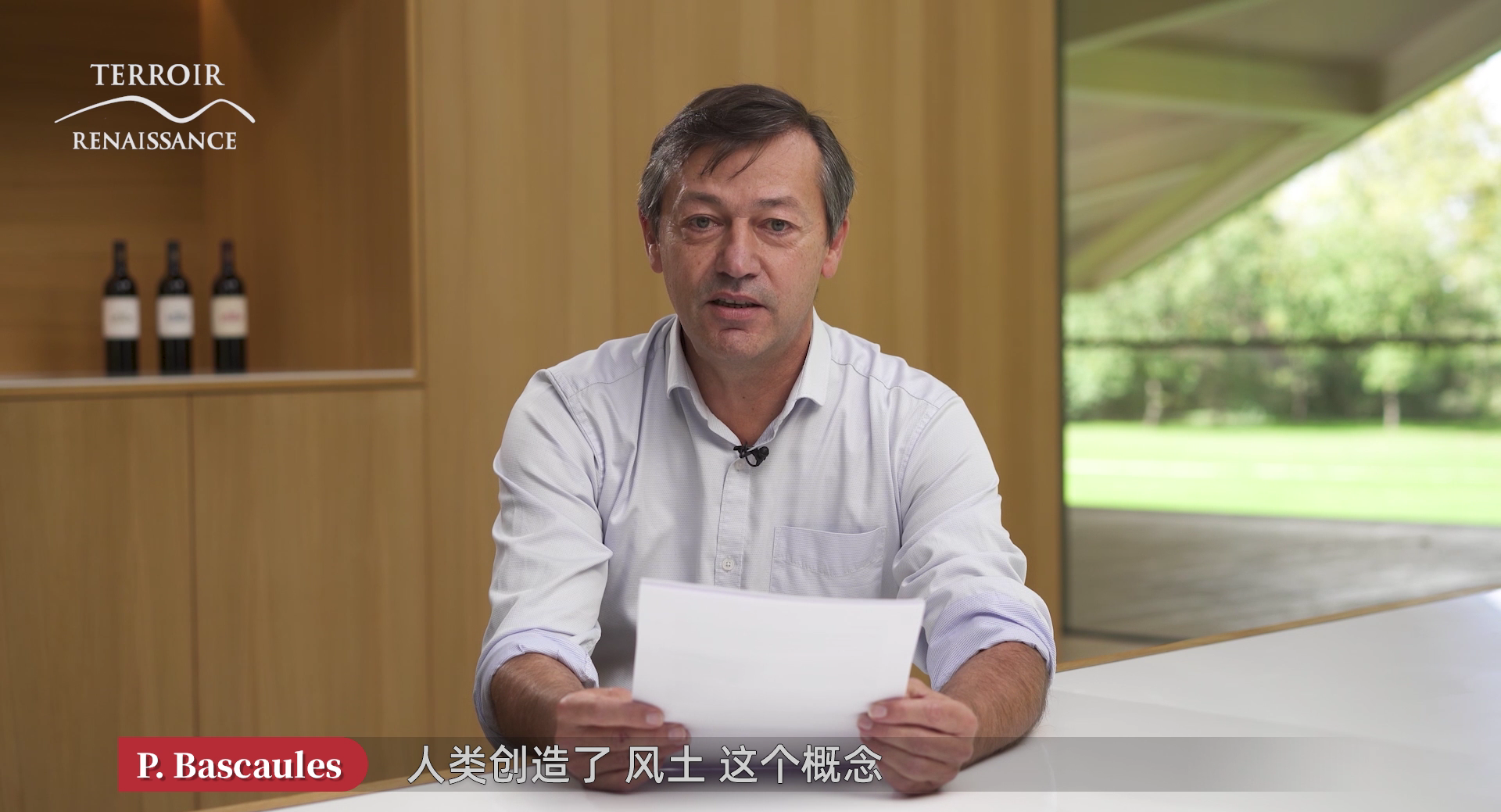
The conversation between Thomas Duroux, general manager of Château Palmer in Bordeaux, and Bernard Burtschy, a world-famous wine critic, focused on the terroir diversity of Château Palmer. What are the distinctive characteristics of Merlot and Cabernet Sauvignon due to the unique soil environment of the winery? Does the winery achieve more stable quality by reducing the “vintage effect” of the wine? In the process of practicing the biodynamics, is the terroir better interpreted? These questions were answered in the discussion between them.
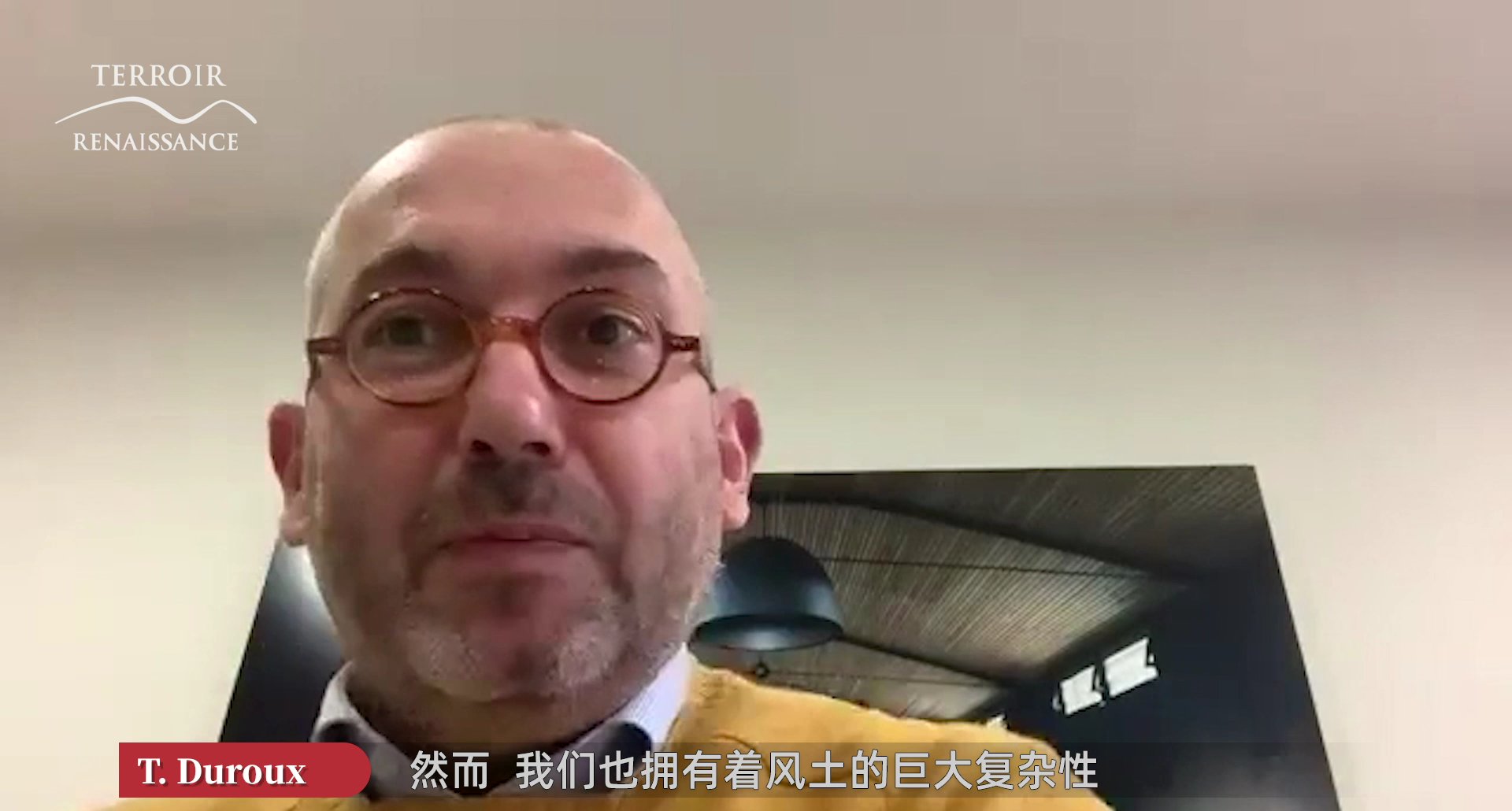
In the afternoon, Philippe Guigal, the owner of Domaine E.Guigal, a famous winery in the Rhone Valley. He took the wine of their winery as an example, and introduced how the soil, the sub-soil, the climate, the microclimate, the topography and the cultivation methods created different styles of wine.
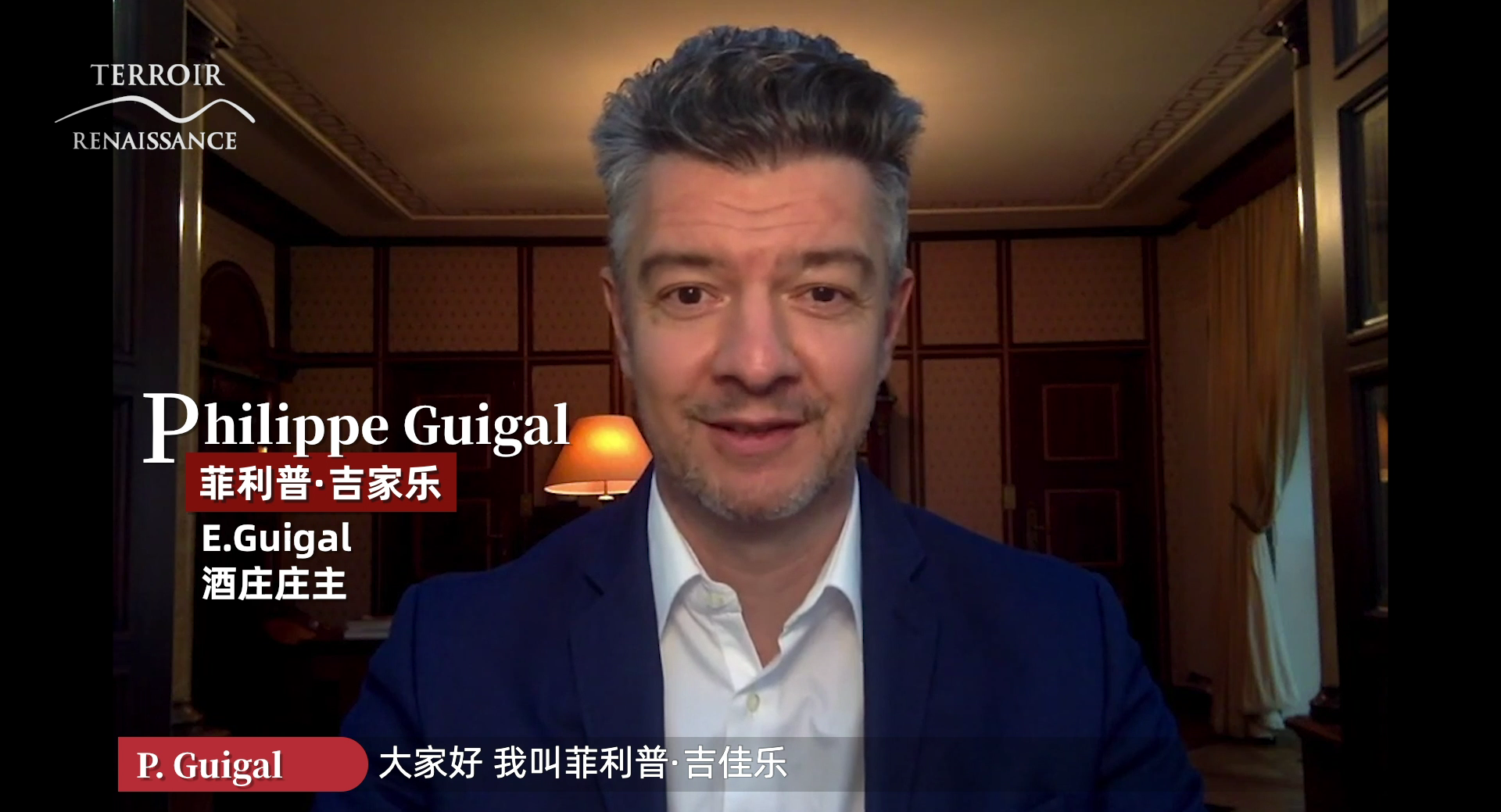
The round table discussion in the Rhone Valley was hosted by Ian D’agata, a world-famous wine critic, with Christine Vernay, the owner of Domaine Georges Vernay, Philippe Guigal and Michel Chapoutier, the owner of Chapoutier winery and the president of InterRhone. The round table started with the differences between the north and the south of the Rhone Valley, and analyzed the impact of the different terroirs on grape varieties, as well as the unique flavor reflected in the taste.
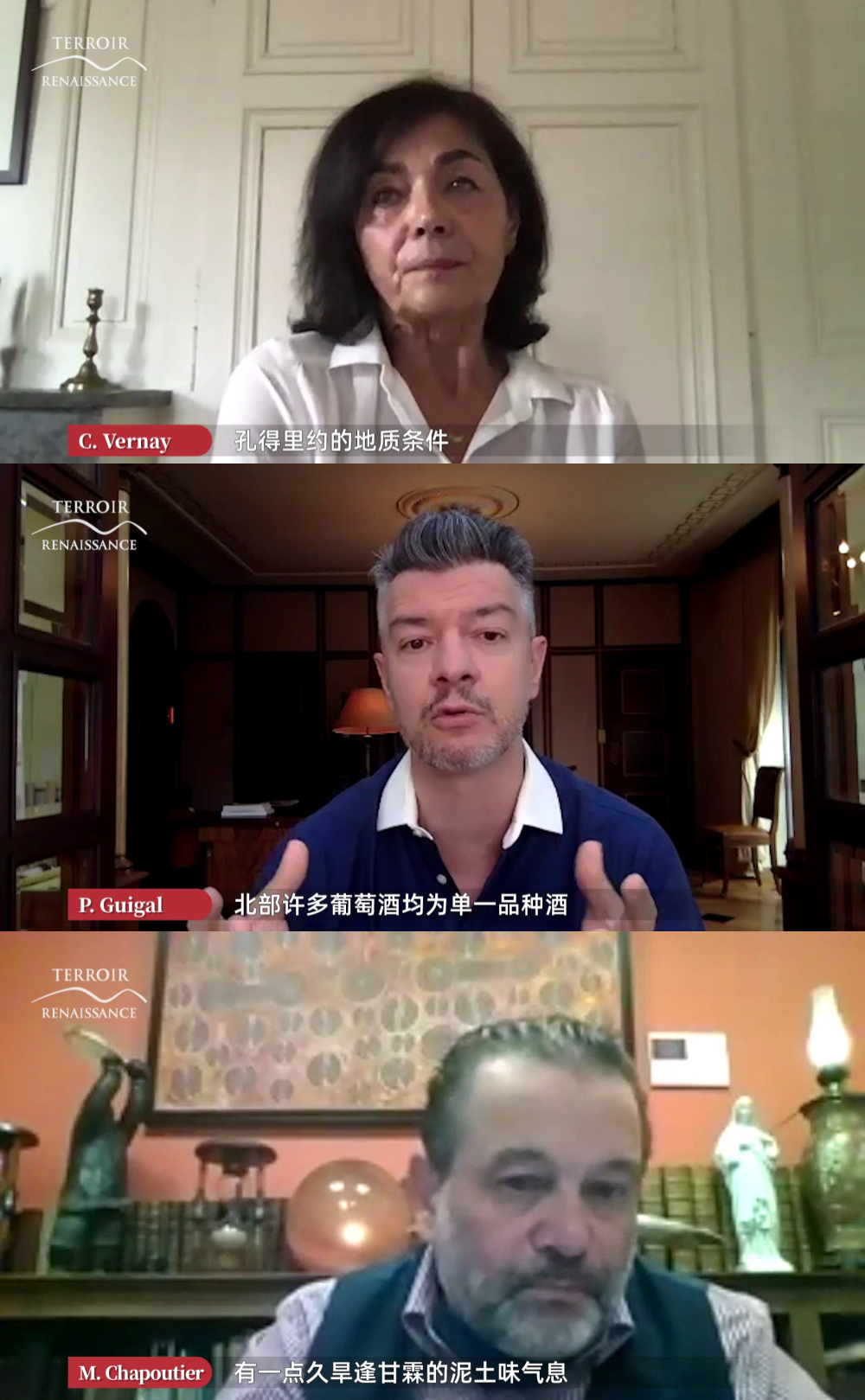
Next to the discussion, young owner of Maison Trimbach Julien Trimbach and owner of Maison Albert Boxler Jean Boxler. The two wineries are one of the best in Alsace. Speakers explain why Alsace can become the home of so many grape varieties and their unique views on “single cru” and “grand cru”.
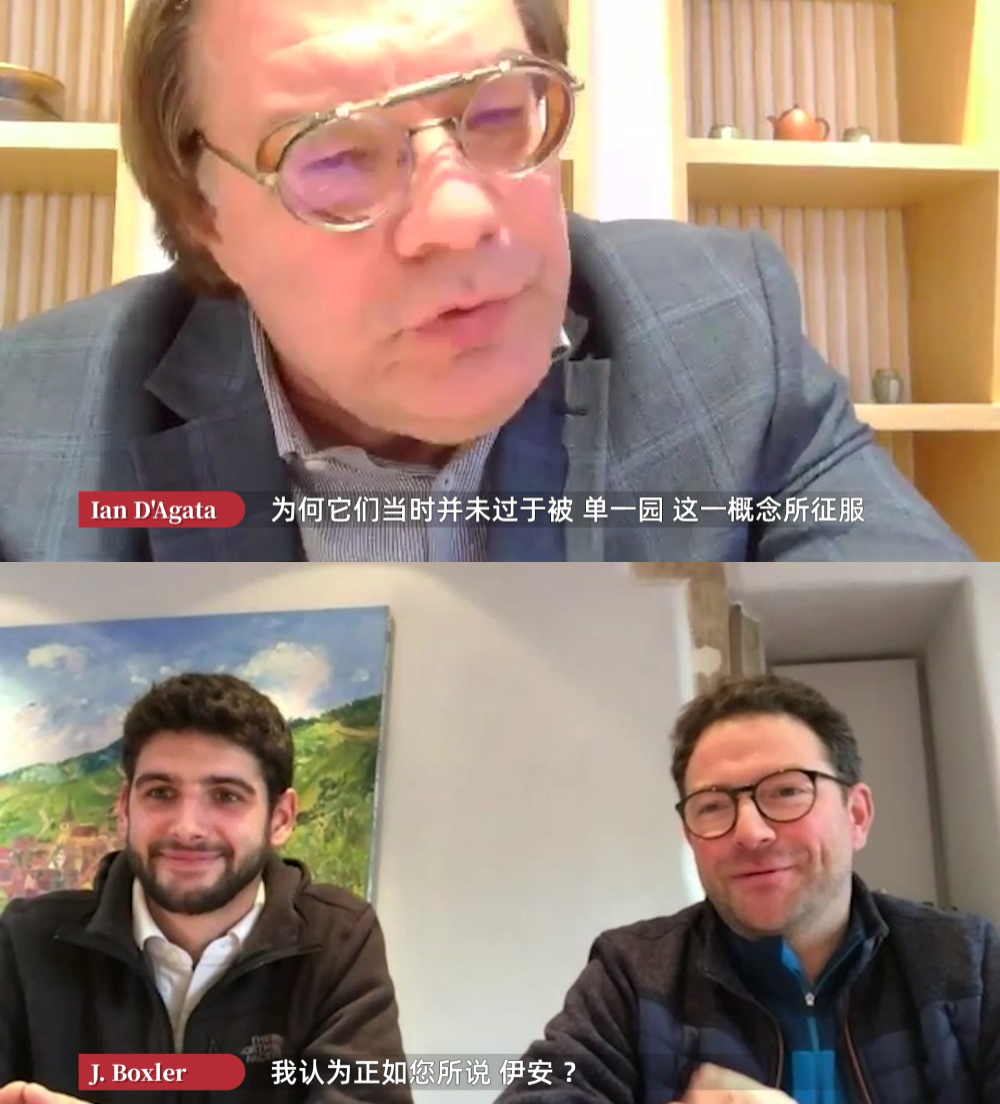
Marc André SELOSSE, professor and director of Botany Department of the National Museum of Natural History of France, gave a lecture on the biodiversity of vineyards and the growing environment of vines. He focused on mycorrhizal symbiosis, which is often ignored, and explored how to introduce biodiversity to help vines grow better from the evolution and biology of grapes.

Bernard Burtschy, a world famous wine critic, gave a speech on “terroir wine” and “brand wine”. Taking Burgundy and Bordeaux as examples, he analyzed the similarities and differences between them. In his opinion, these are two different wine concepts and two different directions in the wine field. The confrontation between terroir and brands is totally unnecessary.

At the round table of champagne hosted by Bernard Burtschy and Ian D’agata, Hervé Dantan owner from Champagne Lanson, and Thierry Garnier, winemaker of Champagne Philipponate, shared with us how legendary champagne houses interpreted the terroirs. They analyzed the effects of soil on grape varieties Chardonnay and Pinot Noir, and introduced the terroir of the famous single cru “Goisses”. In their view, champagne has not stopped the pace of innovation, and will achieve rapid development in the next 30 or 40 years.

In the next round table, we focus on the power of women in the wine world. Presided over by Ian D’agata, three very distinguished female winemakers, namely, Véronique Boss-Drouhin of Maison Joseph drouhin, general manager of Château Haut Bailly, Véronique Sanders, and Christine Vernay, owner of Domaine Georges Vernay. The three wineries are very good representatives of their region. They shared their experiences in the process of wine cultivation and management.
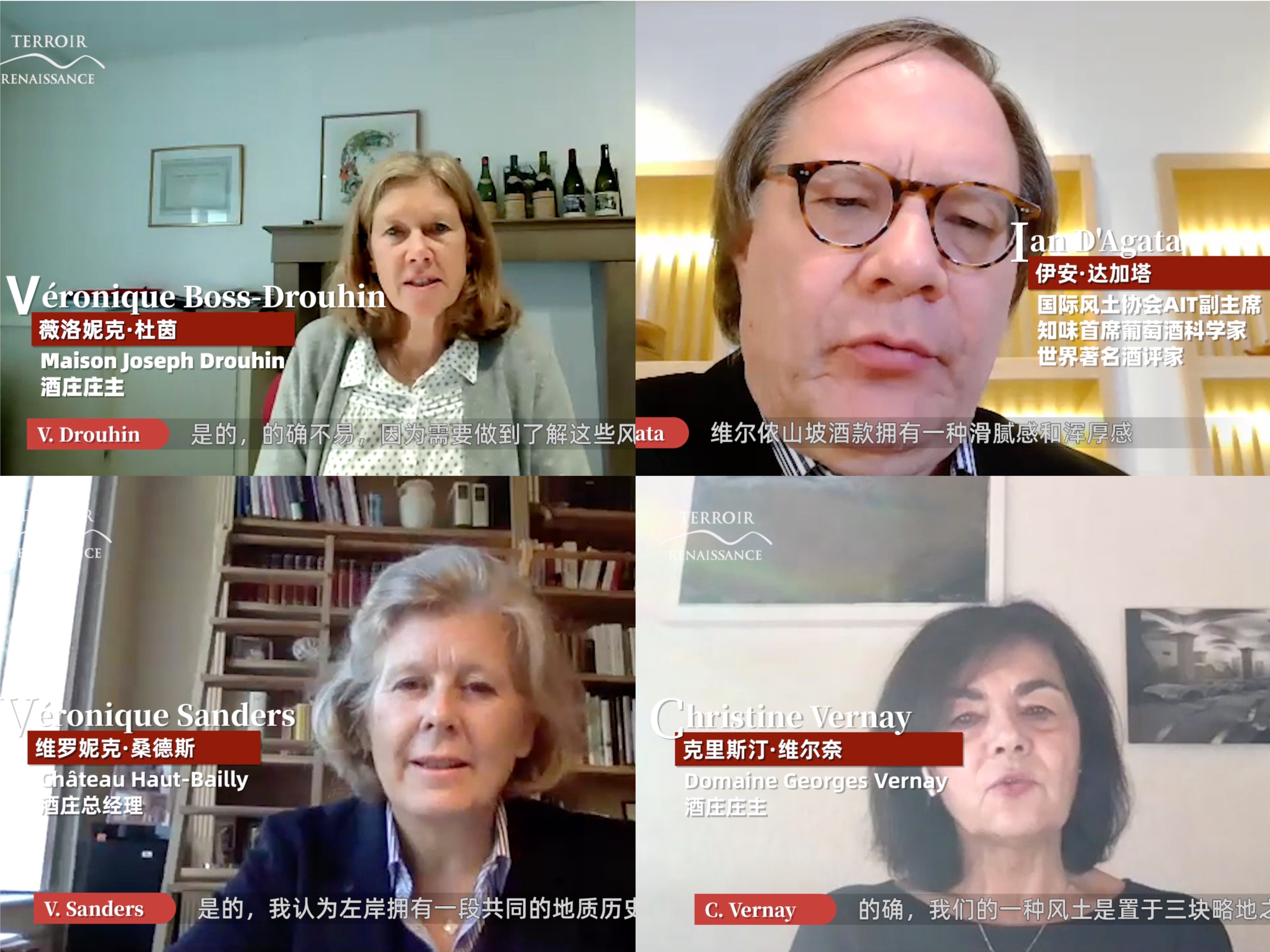
Professor Guan Jianping, Professor of Zhejiang Agriculture and Forestry University and head of tea culture discipline, takes tea as the breakthrough point to explore “the role of human beings in the diversity of terroir”. The development of tea culture is closely related to the change of human culture. From the most primitive way of utilization, it gradually changed into food and drinking, and with the migration of human beings, more varieties were evolved according to the environment, so different production areas have their representative tea species.

The round table in Spain was hosted by Paolo Basso, the world’s champion sommelier. We invited two Spanish wine pioneers, Peter Sisseck owner of Pingus winery, and Álvaro Palacios owner of Álvaro Palacios winery. Starting from the past of Spanish wine, the two winemakers shared their innovations in the brewing process. Taking their own wine as an example, they detailed how to use appropriate wine making methods to tap the maximum potential of Spanish grape varieties.

Gaia Gaja, the co-owner of Gaja winery, and Ian D’agata, opened part of our Italian evening. As a winery that promotes the production area of Barbaresco to the world, Gaia introduced the characteristics, similarities and differences of Barolo and Barbaresco wines, as well as the good years in recent ten years, so that we can have a more profound and comprehensive understanding of Gaja winery.
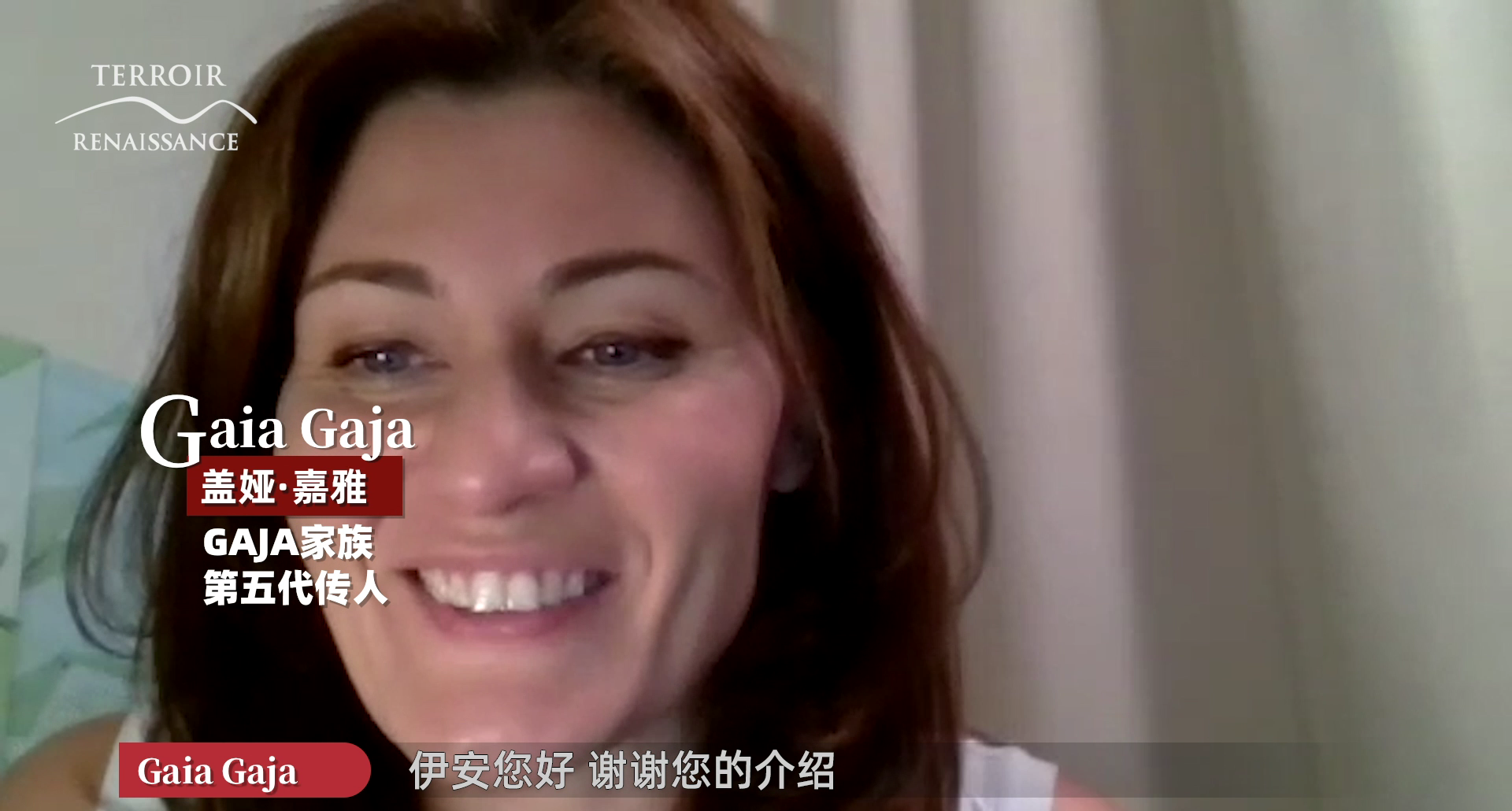
This is followed by a conversation between Ian D’agata and the young owner of Sassicaia, Priscilla Incisa della Rocchetta. Starting from the history of the winery, Priscilla shows us the style and features of Bolgheri and the soil and climate shaping the wine style. Meanwhile, it focuses on the Castiglioncello vineyard which the winery is proud of.
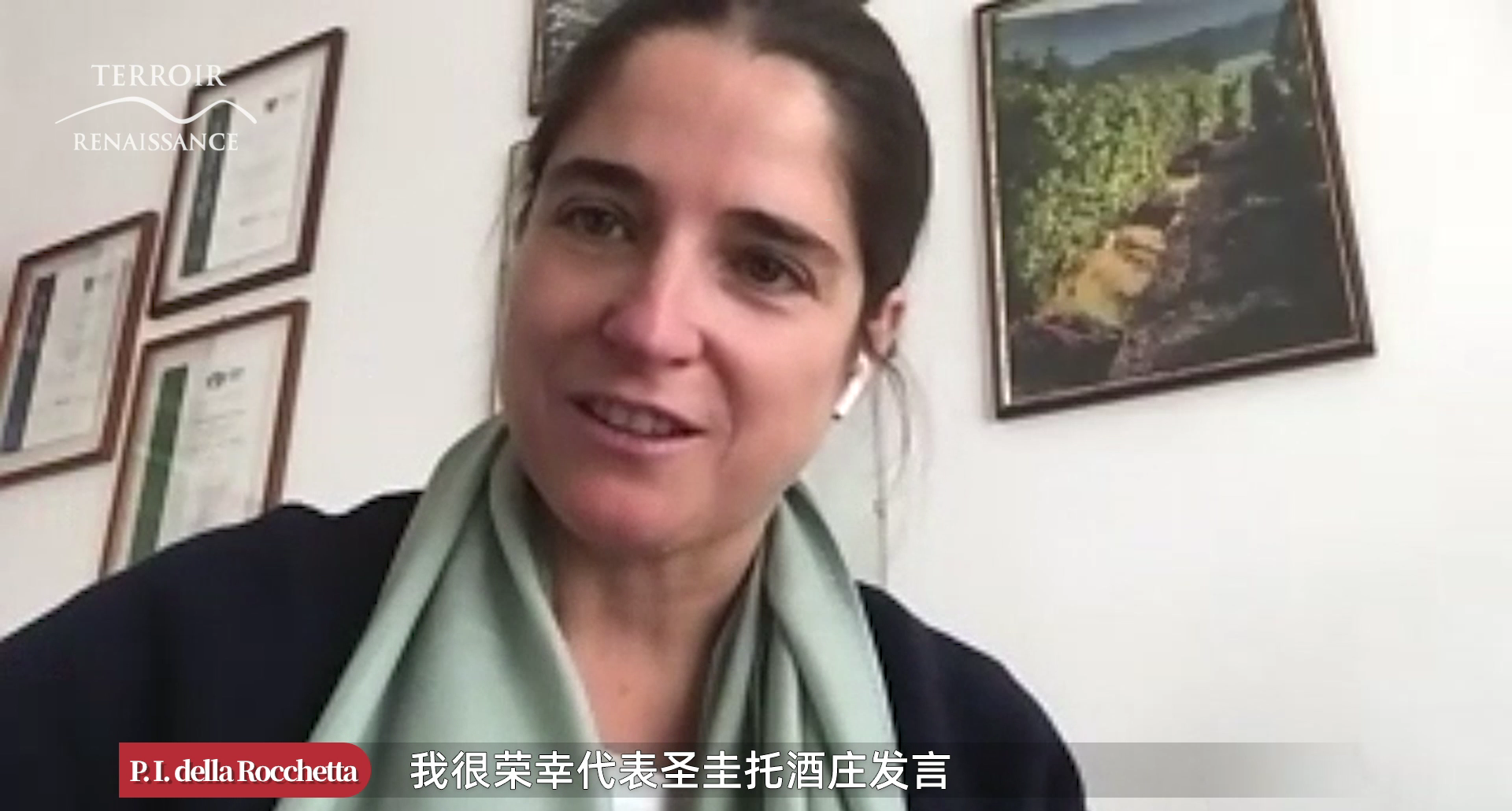
Hosted by Ian D’agata, a wonderful round table of Italy was presented. Giampiero Bertolini, CEO of Biondi Santi, Alessandro Bindoci, commercial director of IL Poggione, and Daniele Zeffirini, cellar director of Fuligni winery, attended. Based on grape varieties and terroir, they introduced the role of “Human” in the brewing process, and led everyone to understand the mystery of BDM and understand its beauty more deeply.
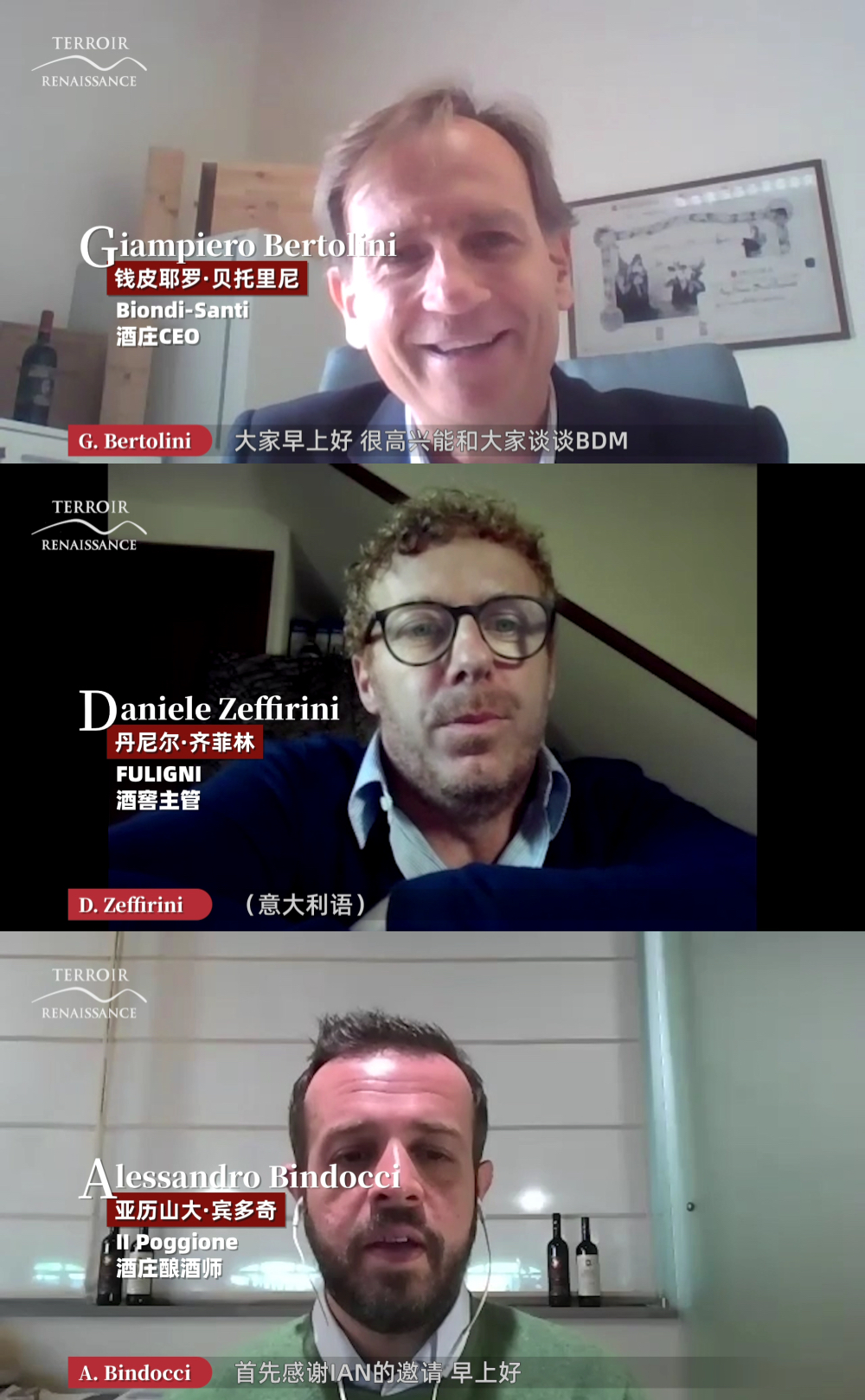
Finally, Mr. Thibault Liger Belair, owner of the famous Burgundy winery and chairman of the Association Internationale des Terroirs, gave us a wonderful closing speech. First of all, he expressed his gratitude to the organizer of this Symposium — Tastespirit, and all the participants, including excellent oenologists, scientists, experts and every audience. In his speech, he said: “this year is a difficult year, but because of this, we have been able to slow down, return to our origin, return to nature and the earth, and hope to go to the scene next year to participate in the event.”
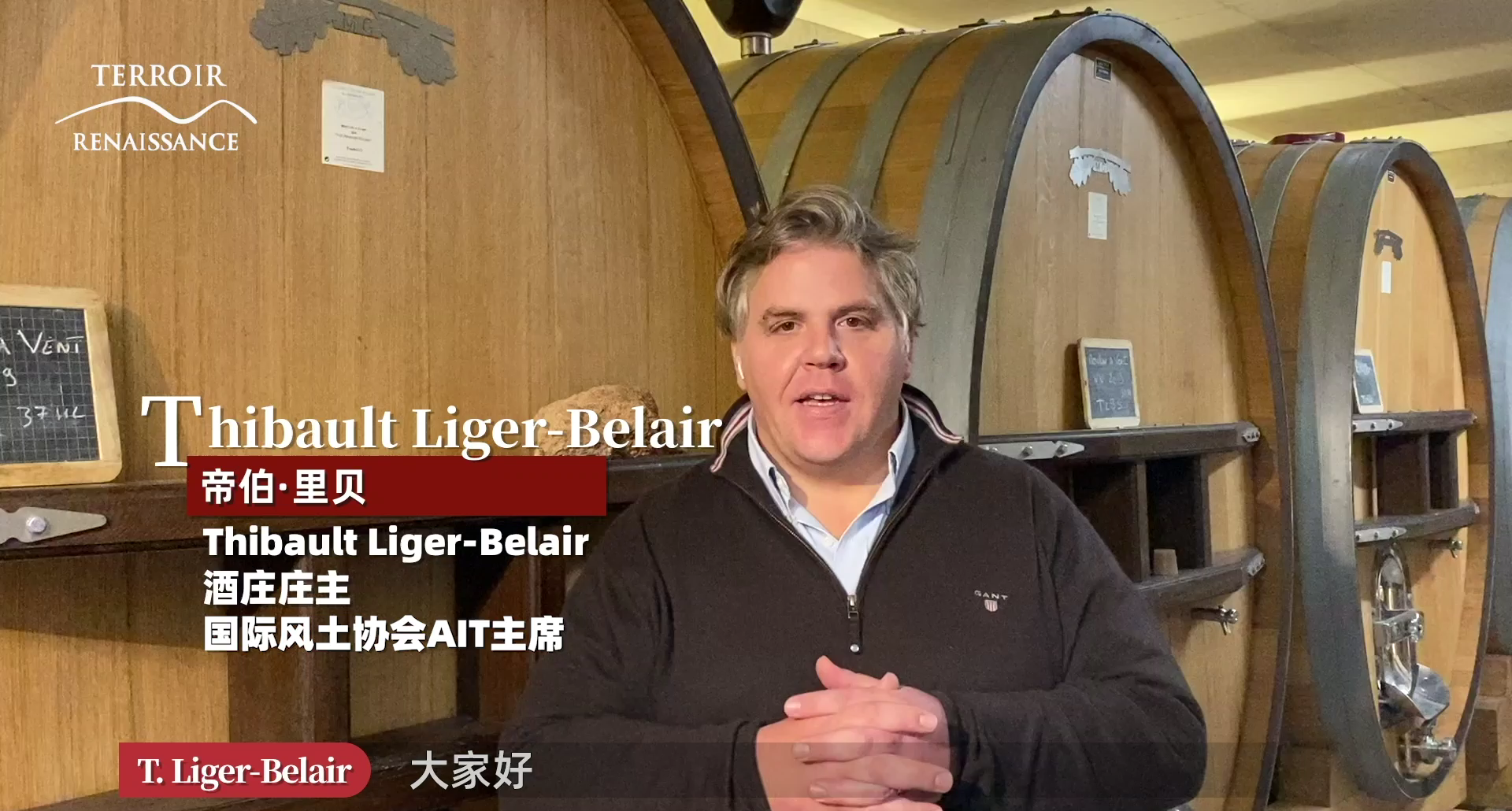
In addition to the full-fledged International Seminar on Terroir, the highly anticipated Top Terroir Wineries for Grand Tasting was successfully held on November 29. More than 150 famous wineries and nearly 400 fine wines were gathered at the tasting. Senior wine lovers, industry buyers, sommeliers and catering managers of famous restaurants and hotels, as well as high-quality distributors and retailers from all over the country participated in the grand wine show.
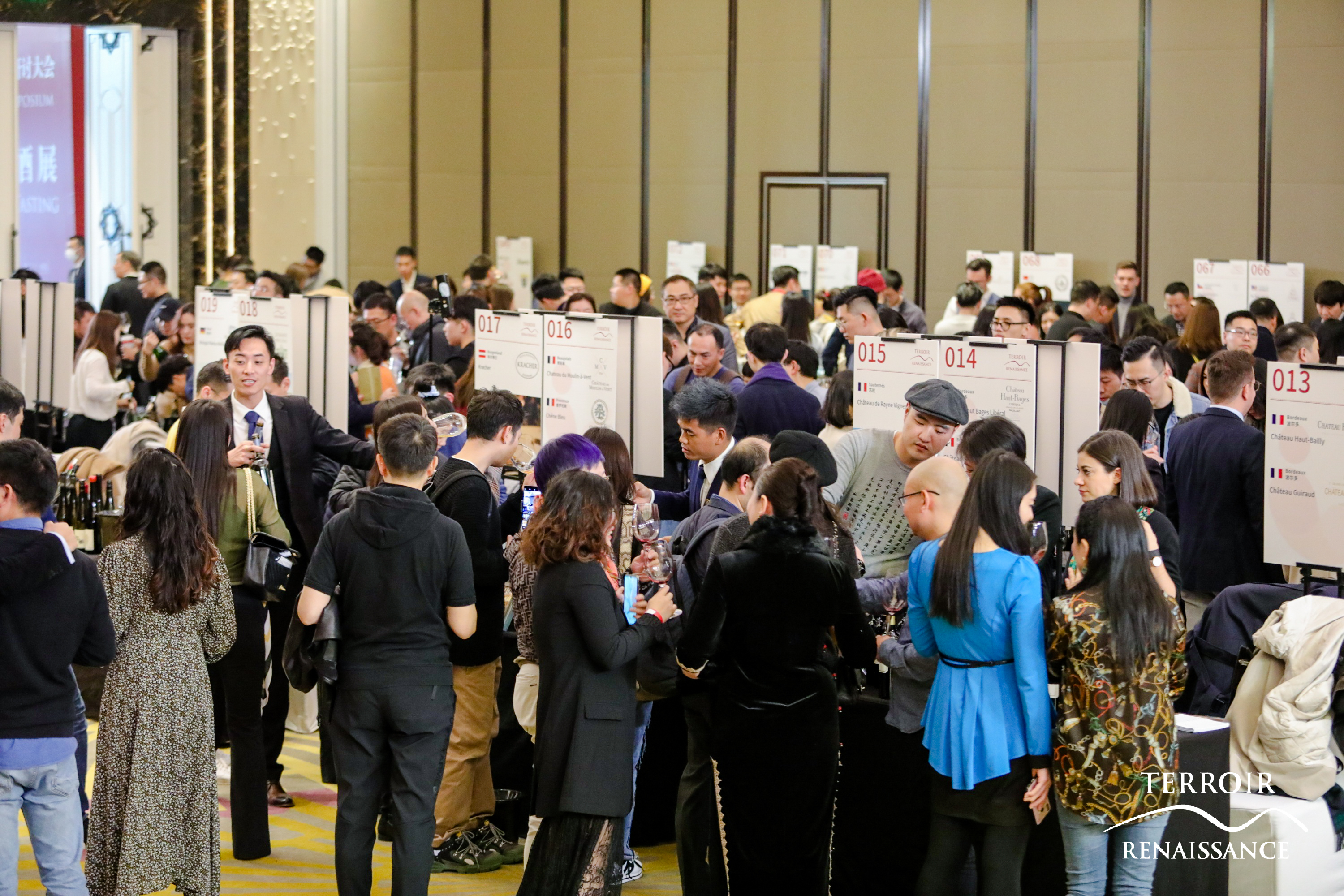
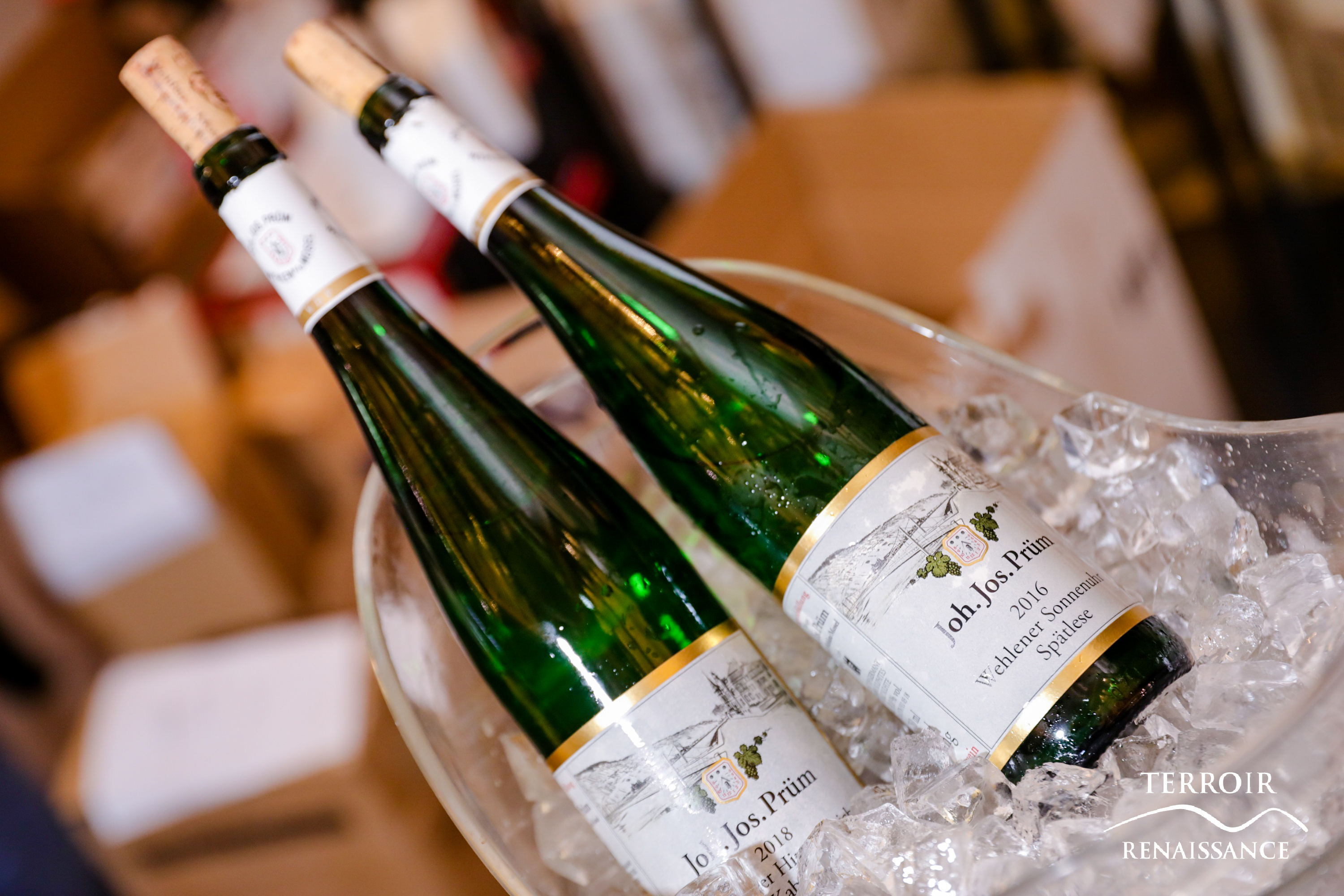
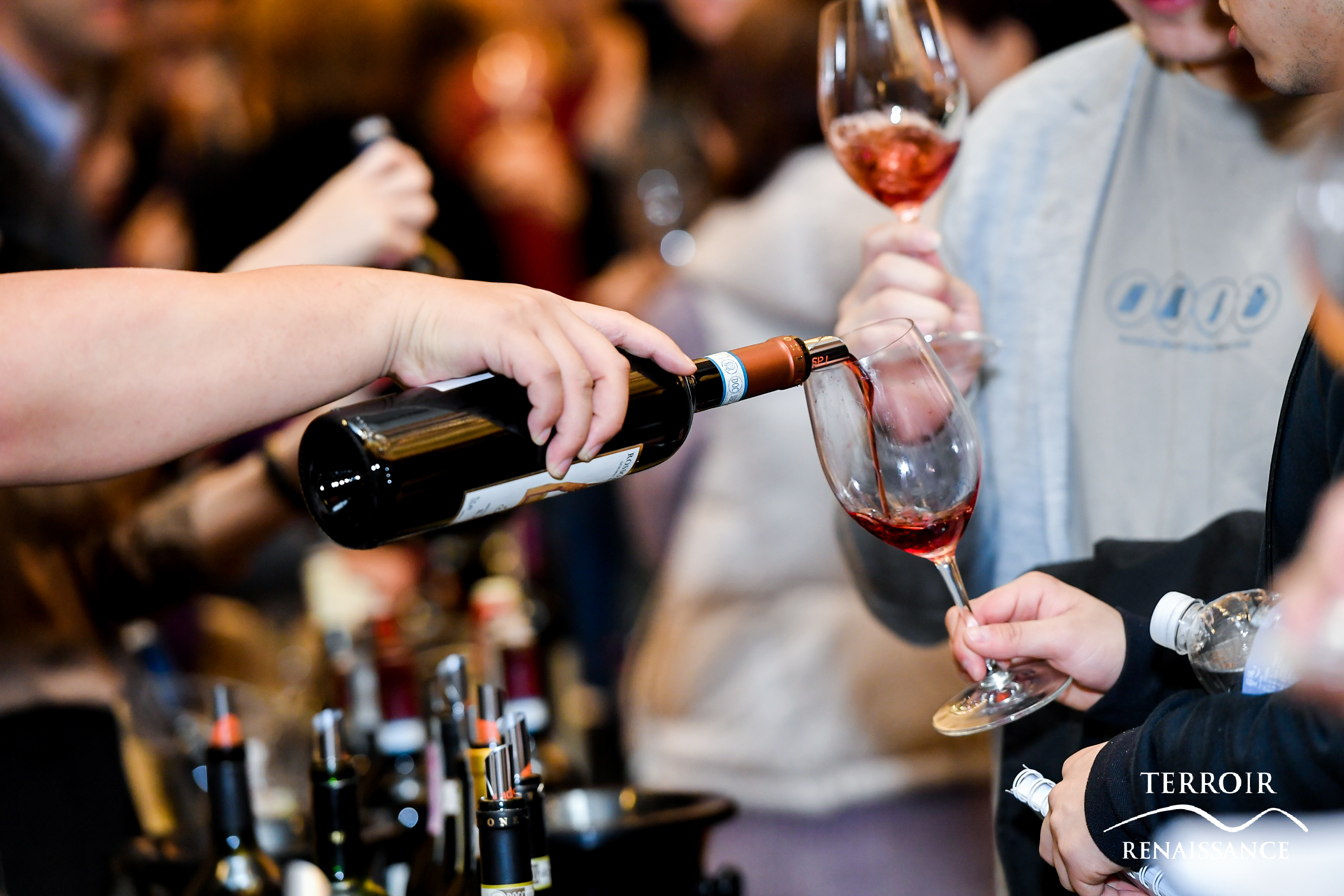
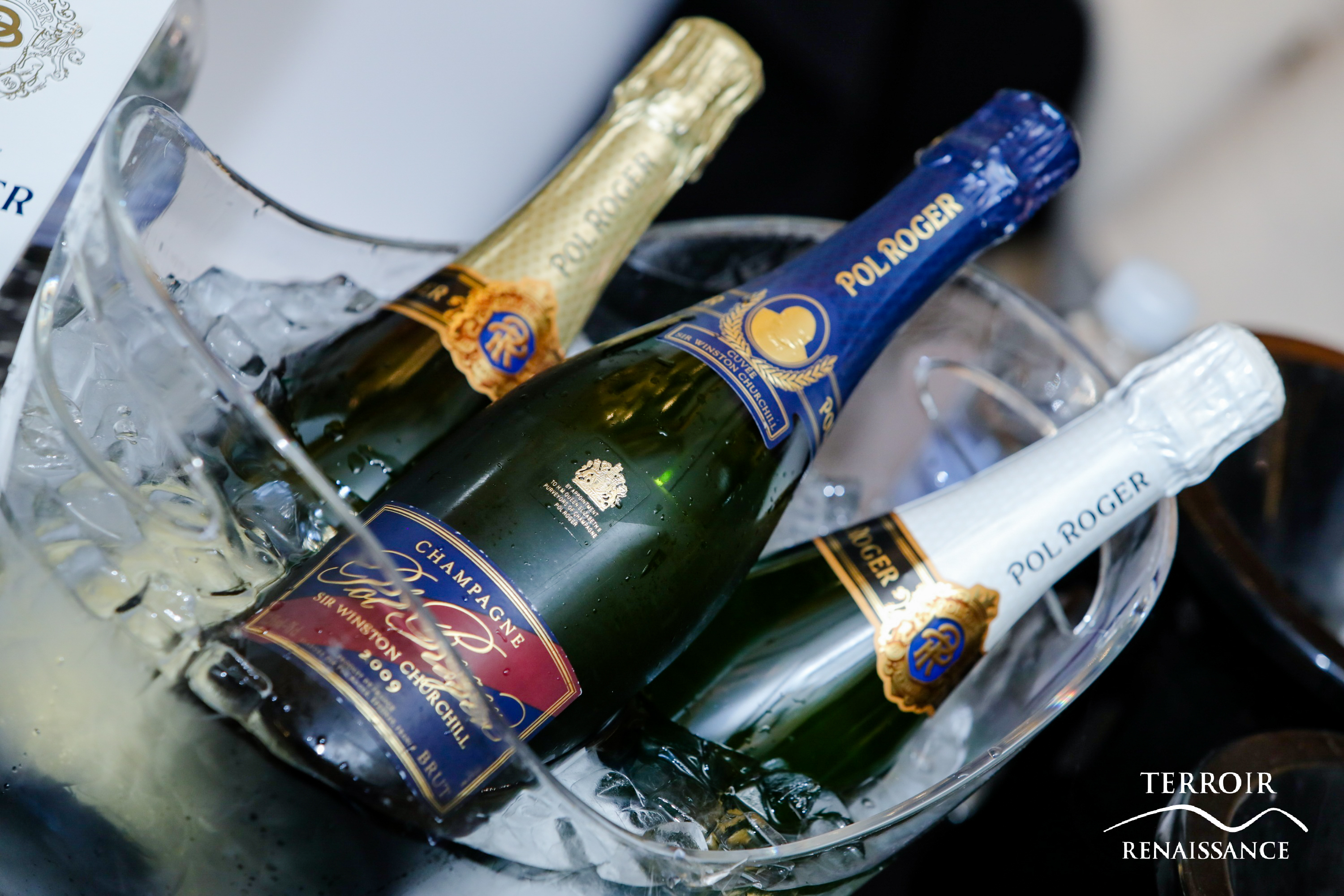
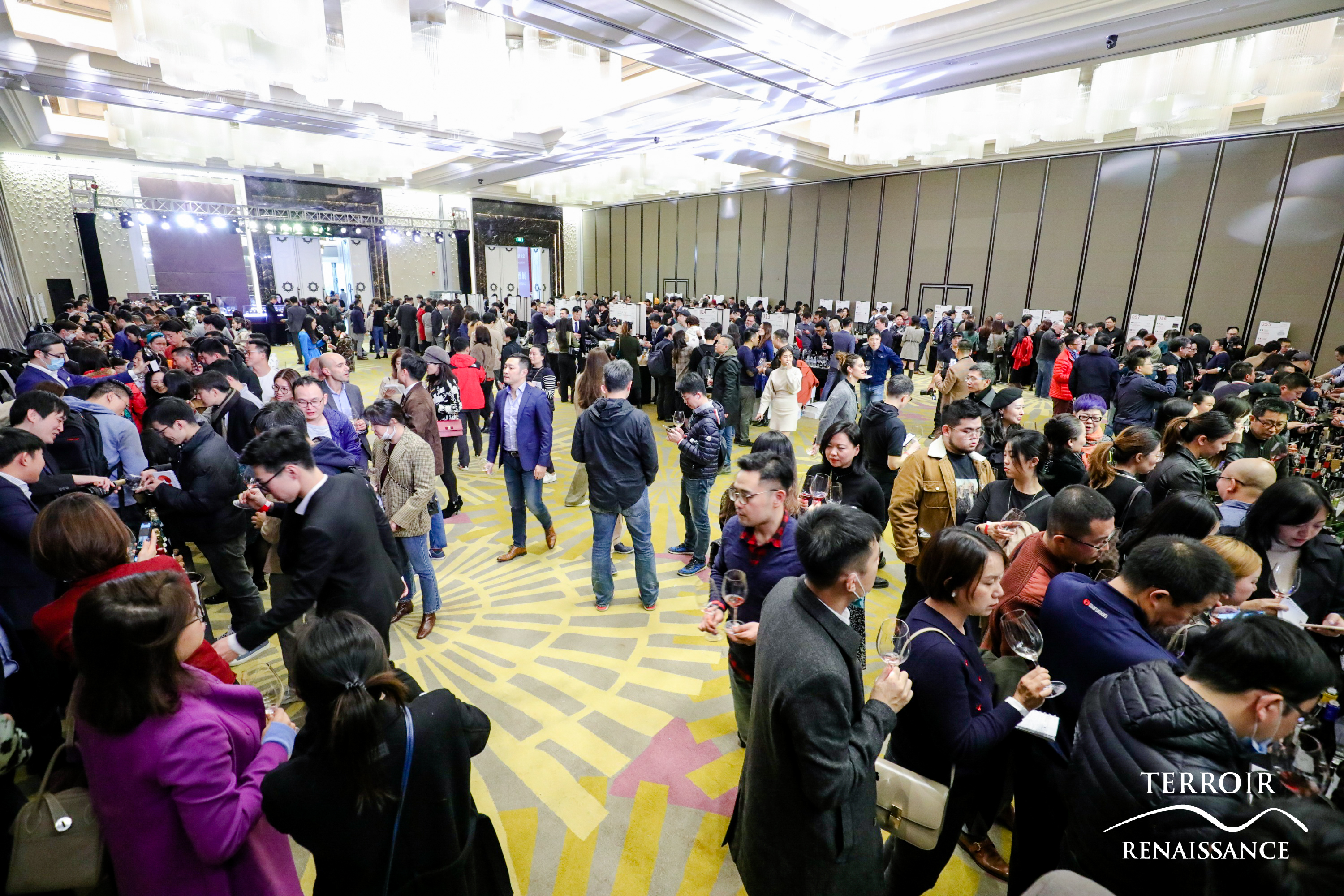
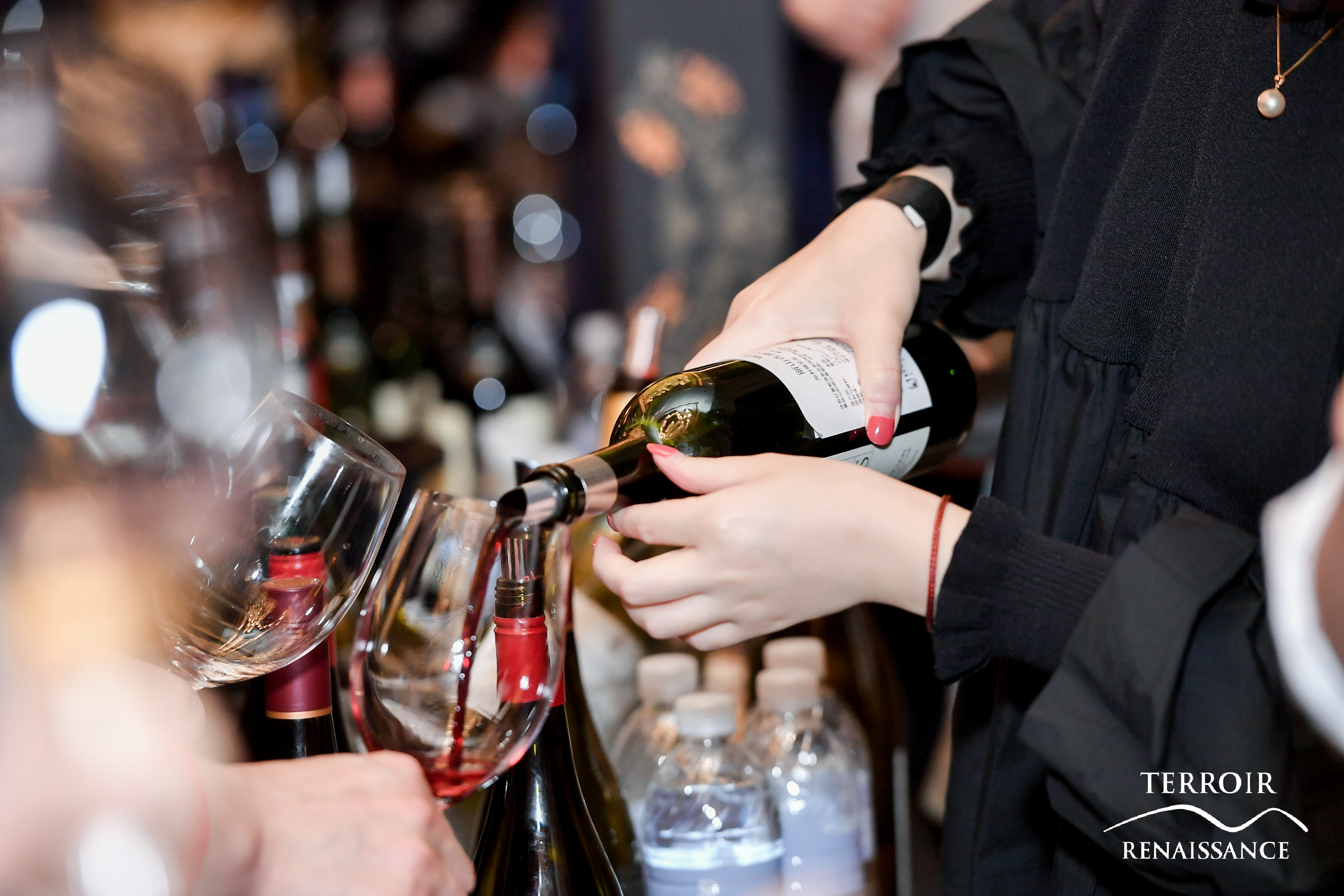

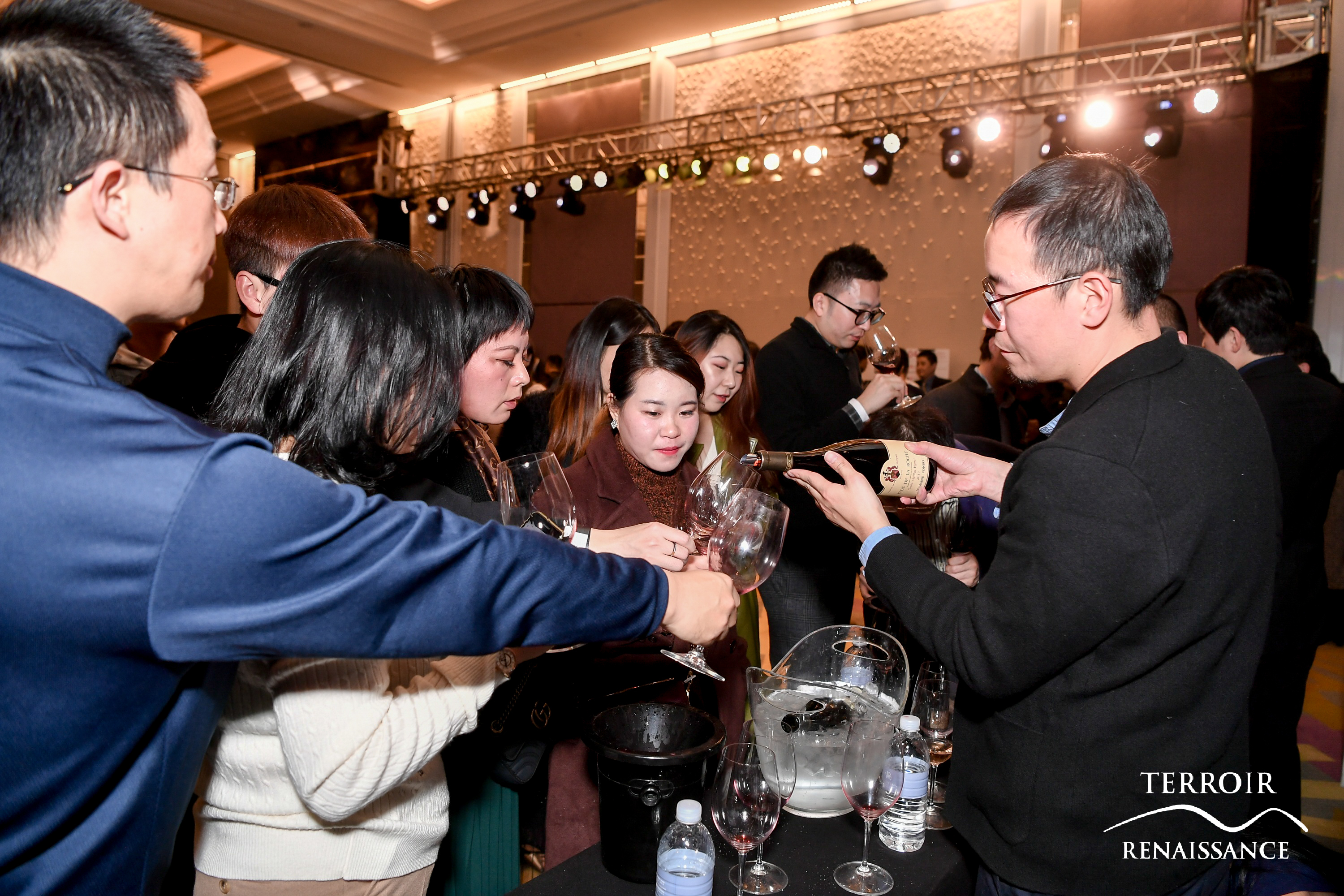
In addition, 14 master classes hosted by winemakers and wine experts of the winery are also in progress. The representatives of wineries through the on-site connection, tasted with everyone and answered the questions on the spot.
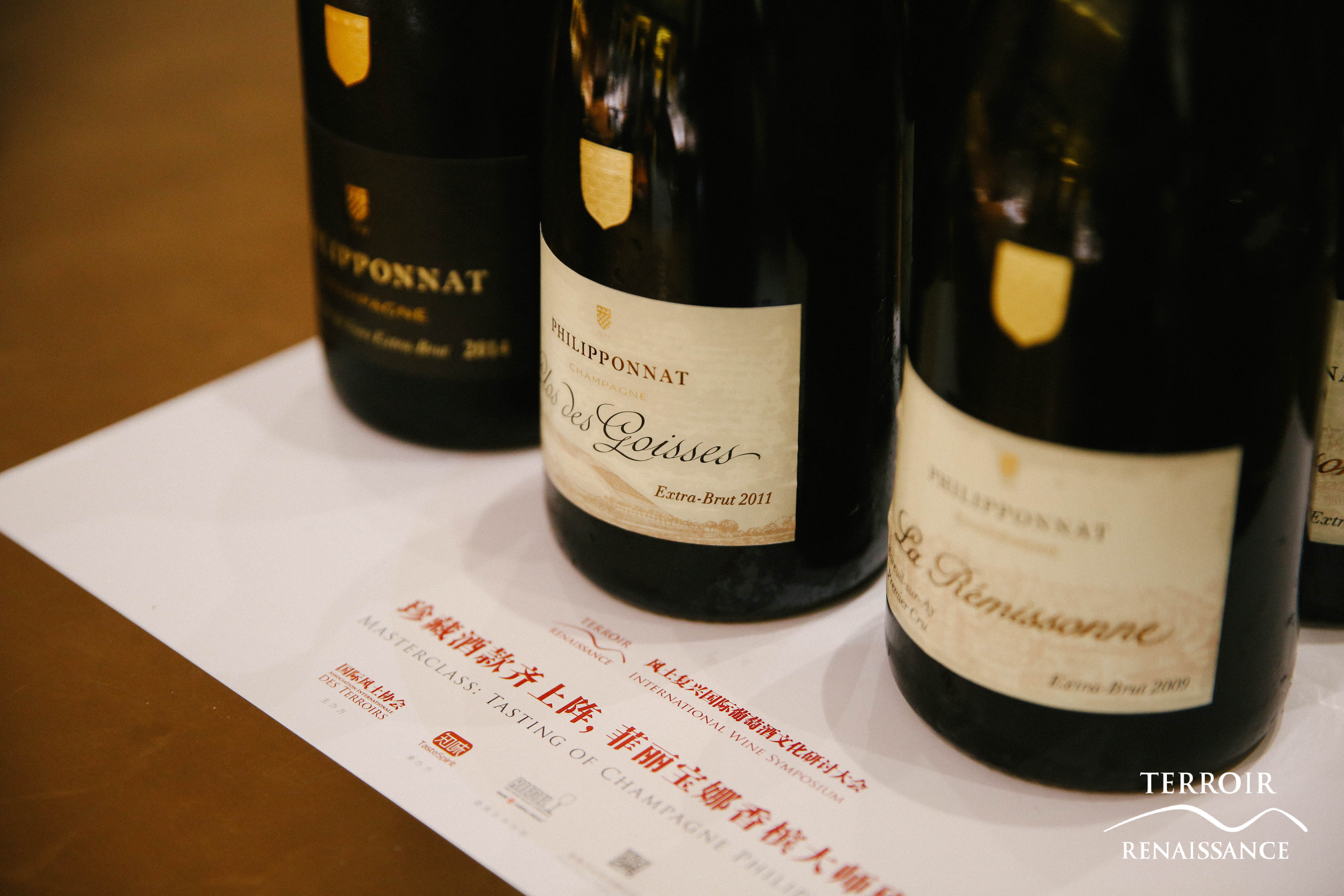



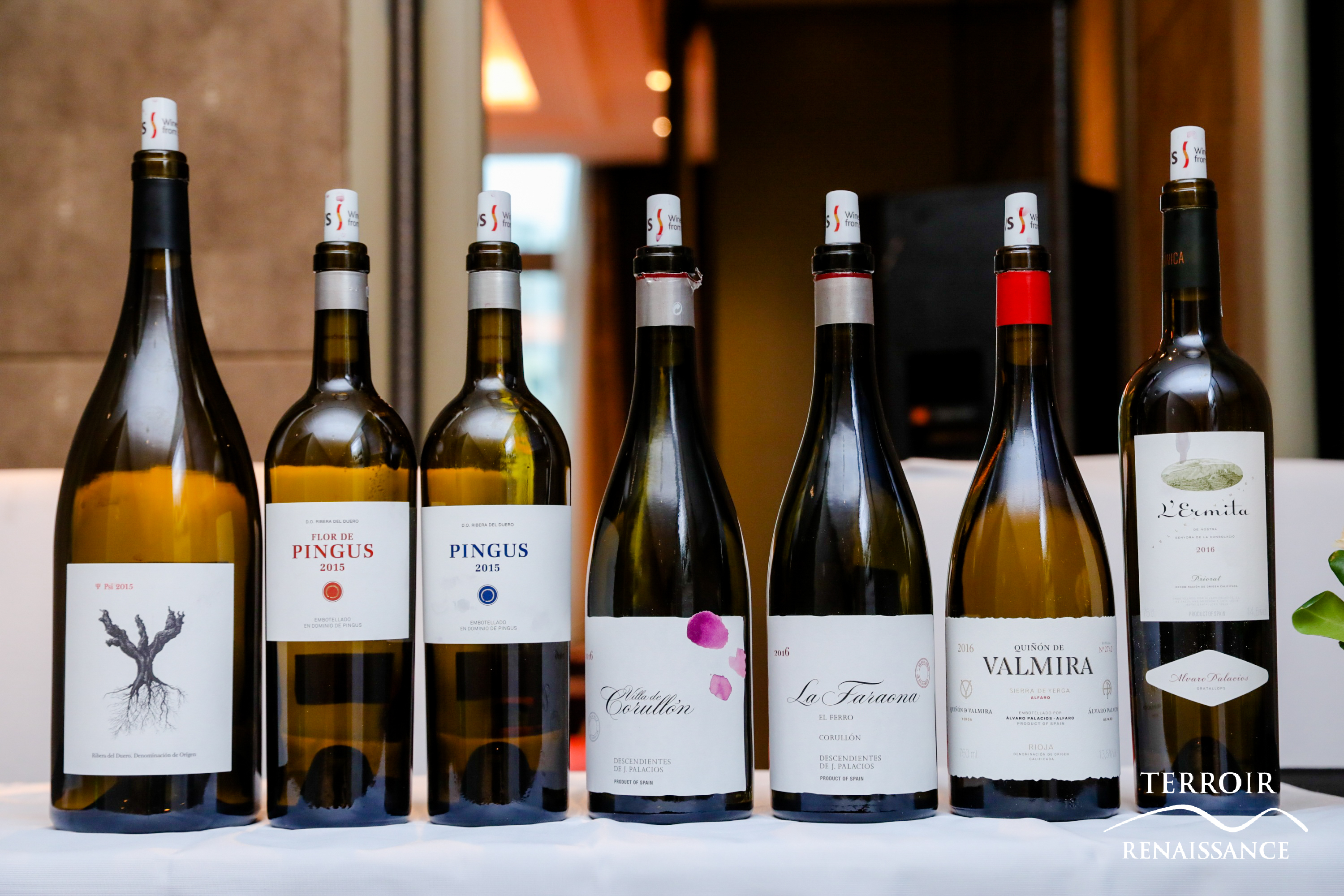
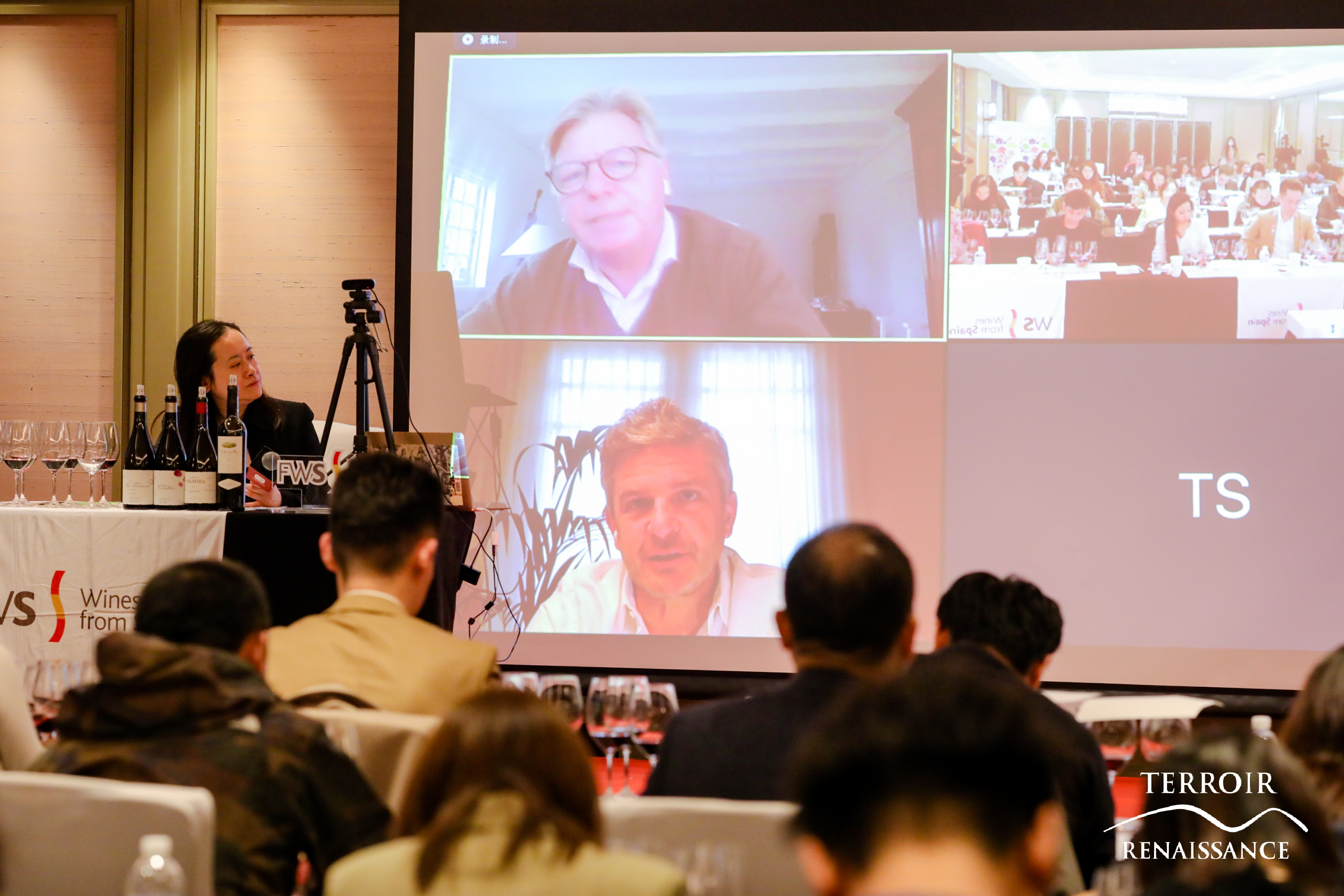
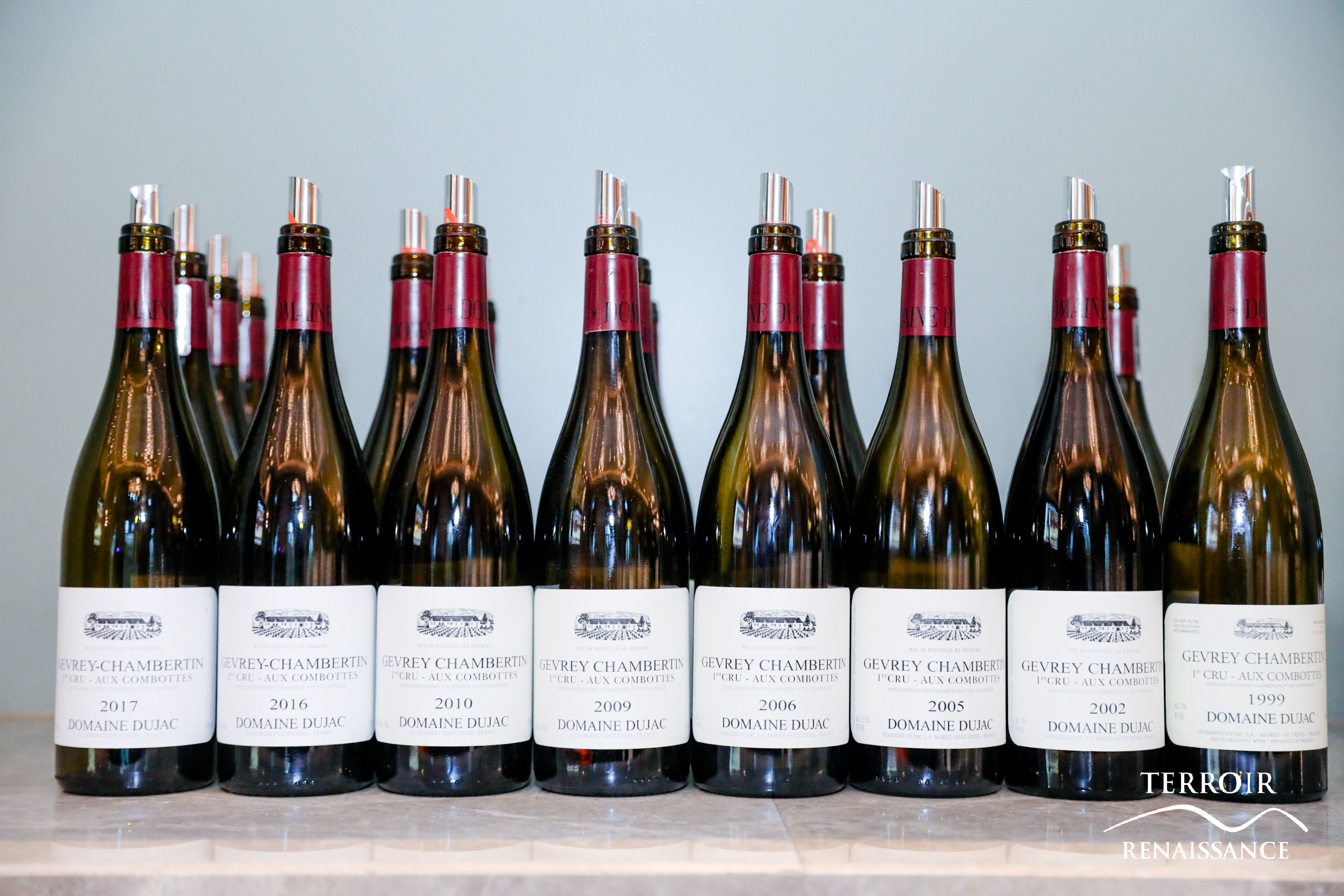
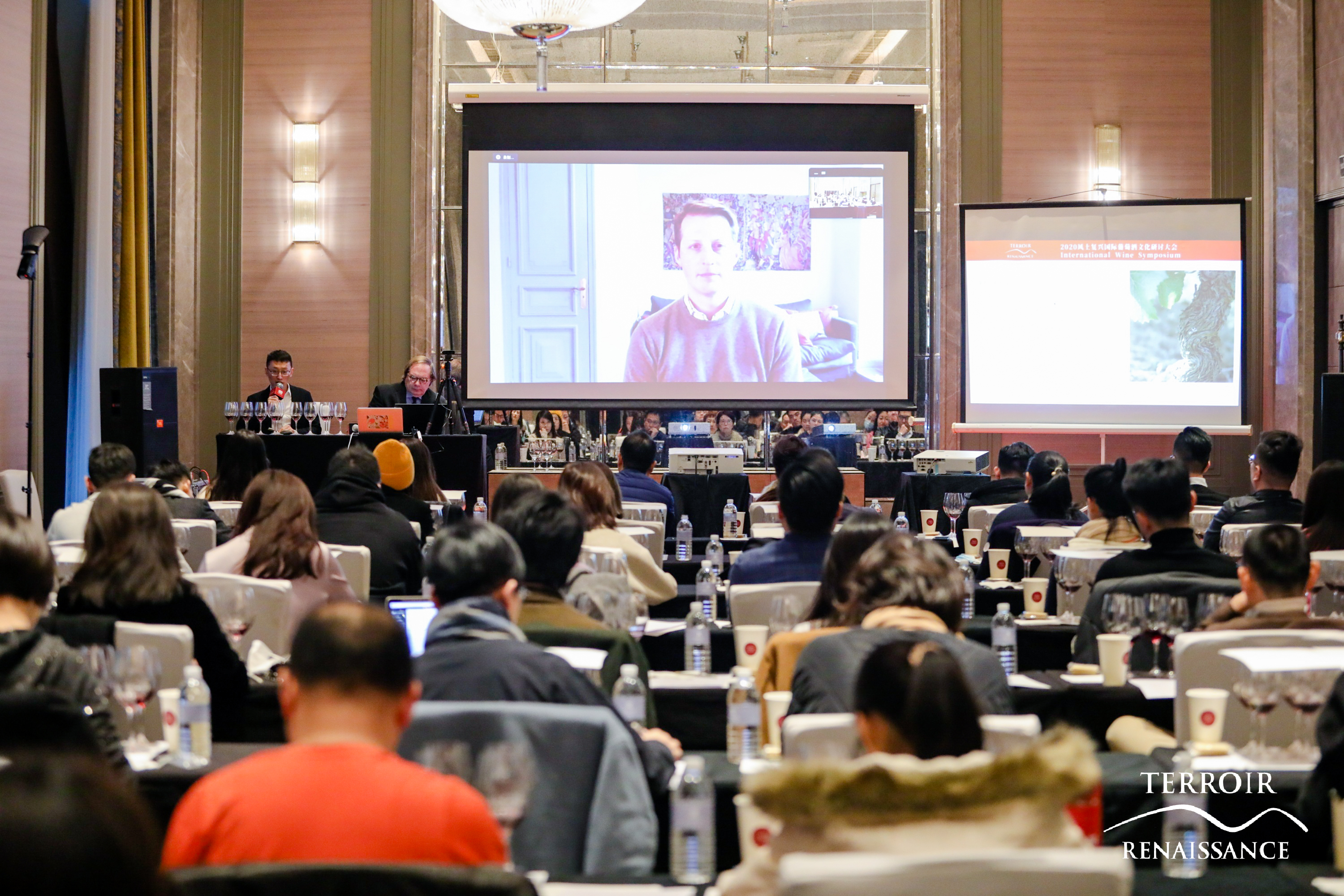

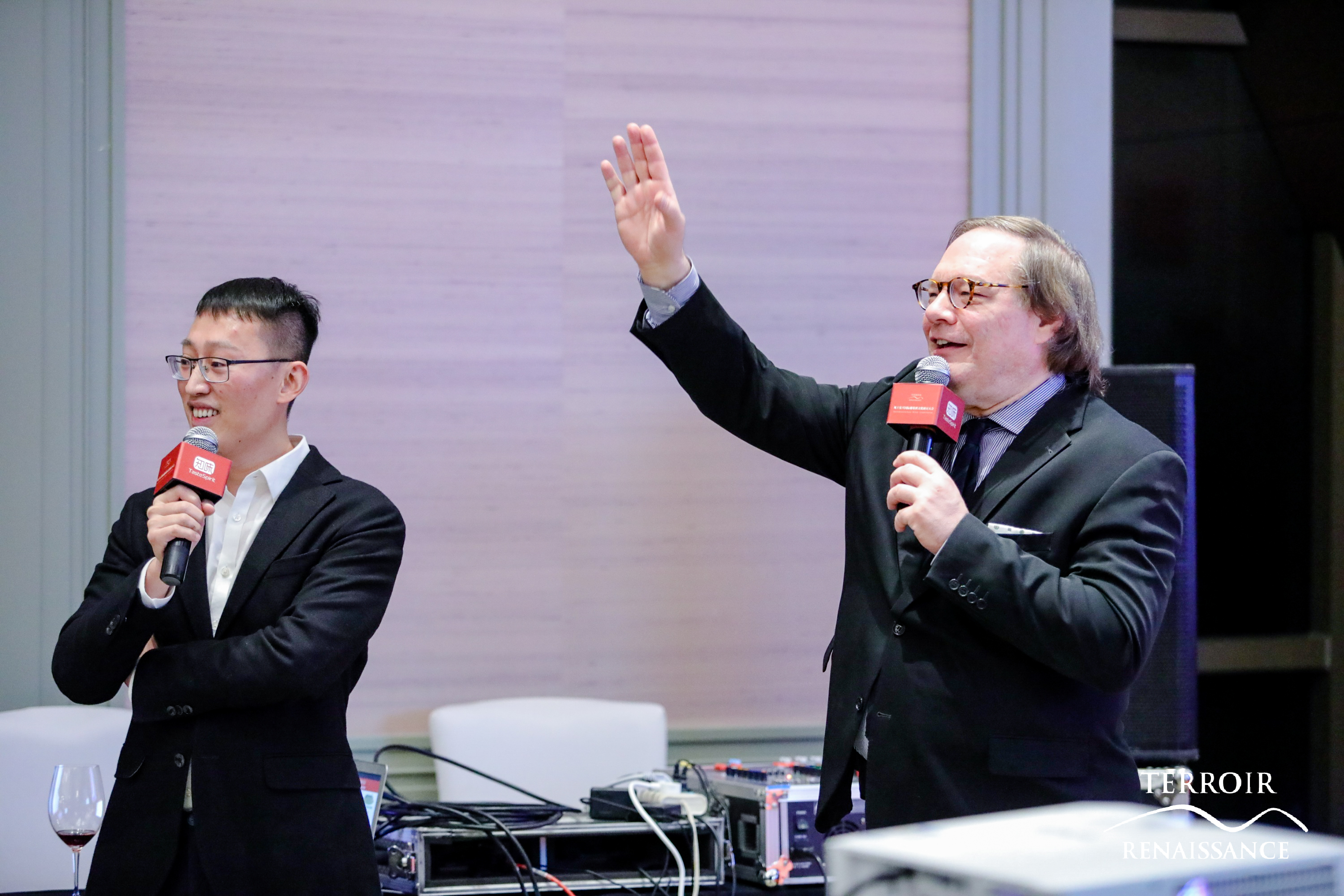

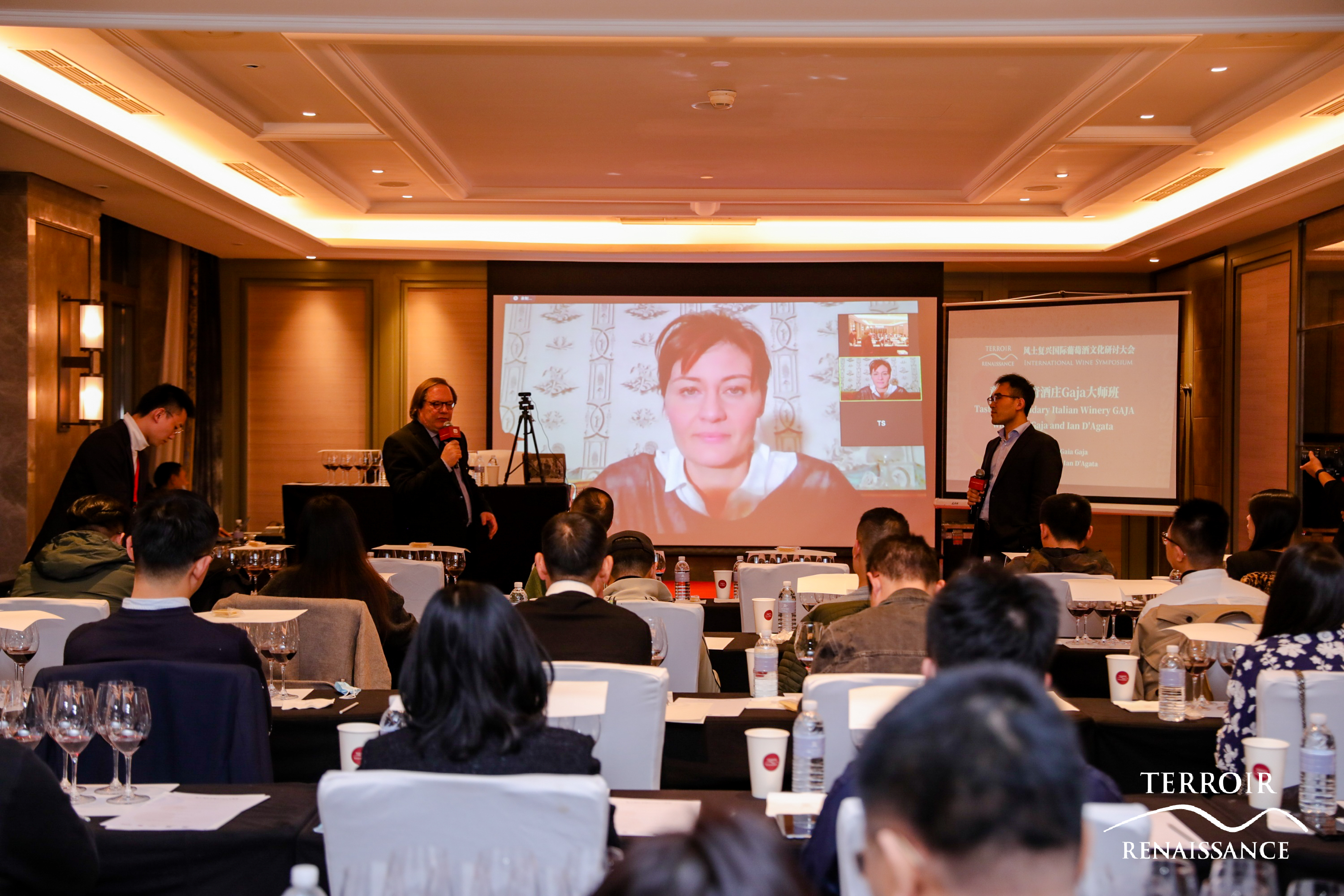
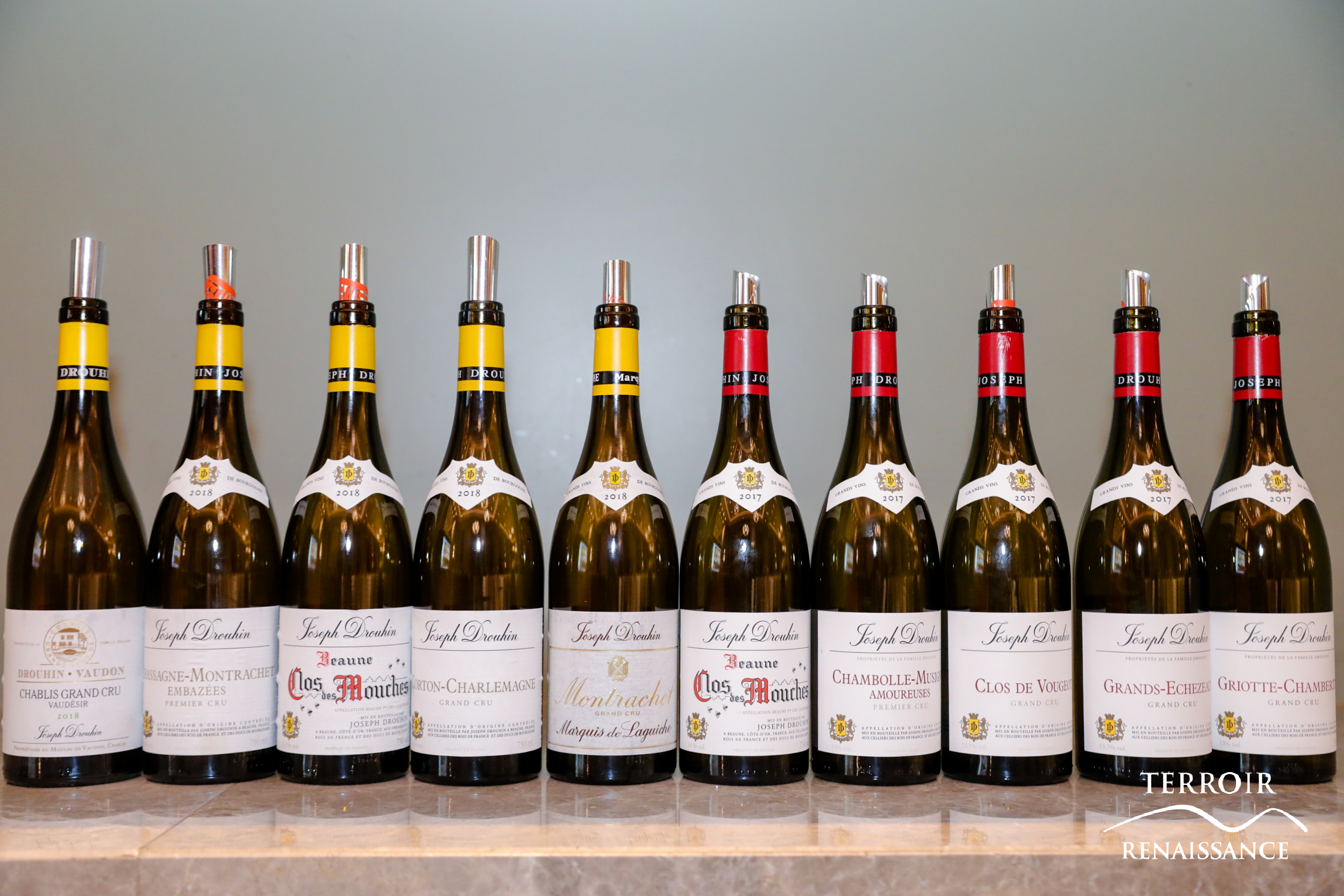
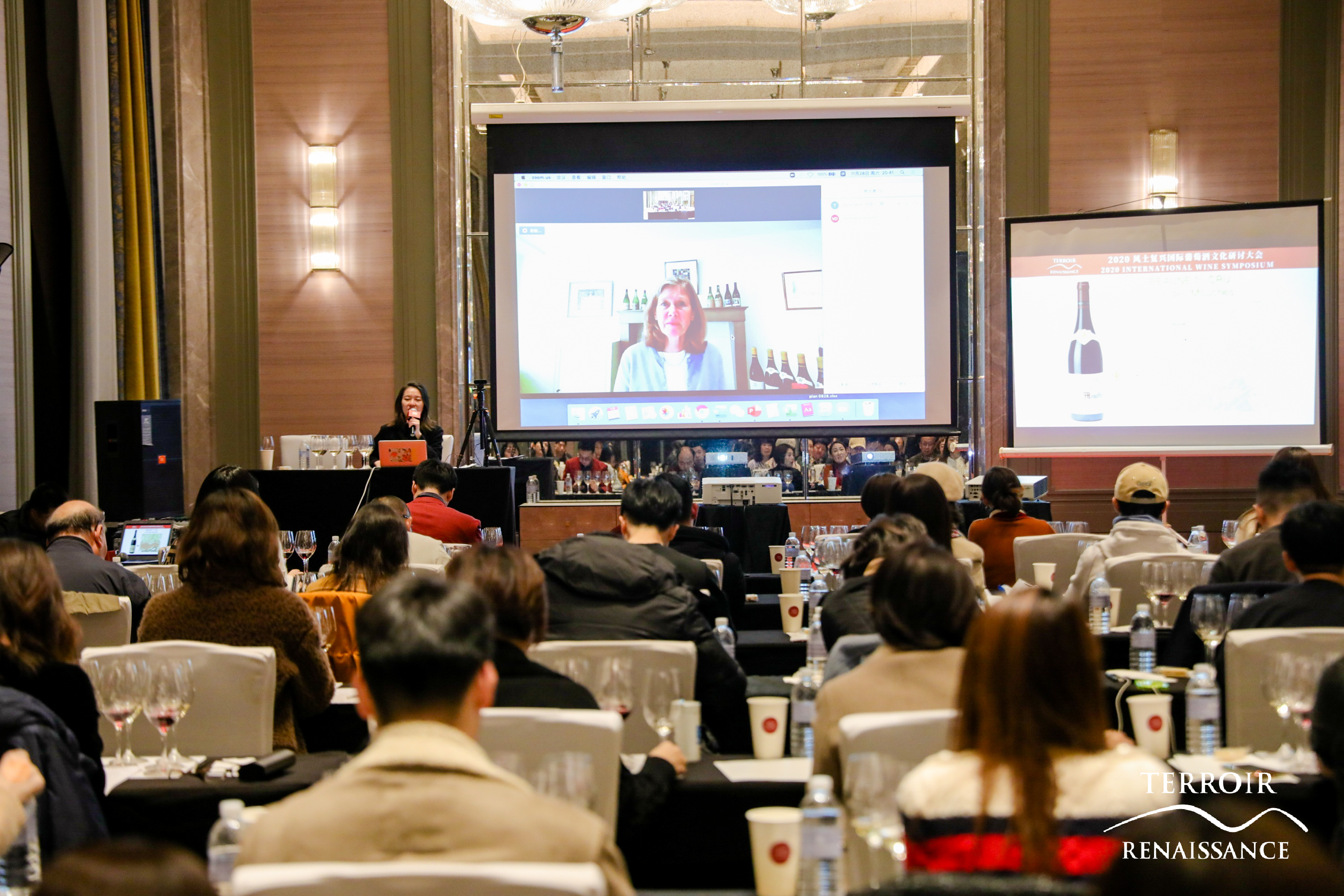

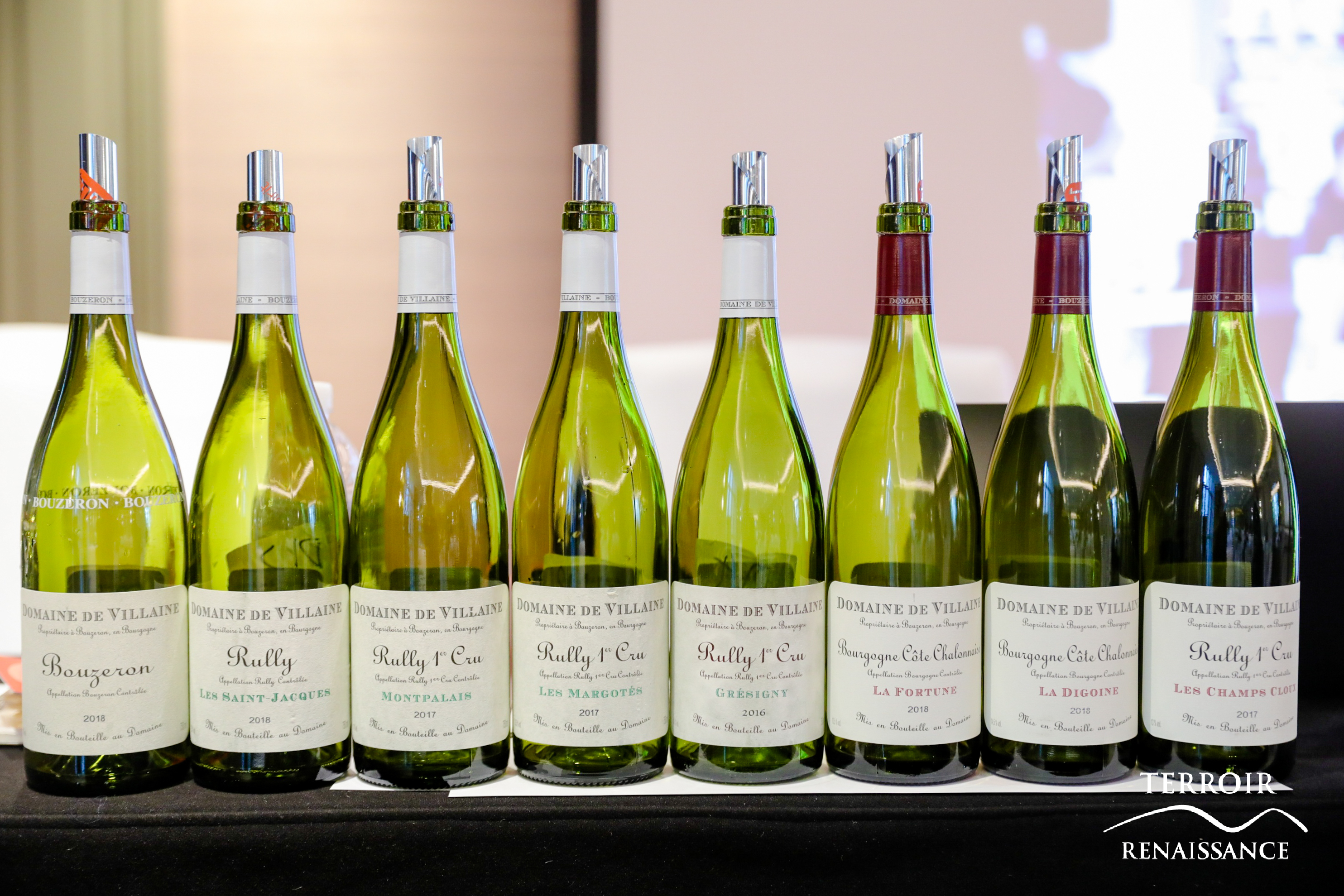
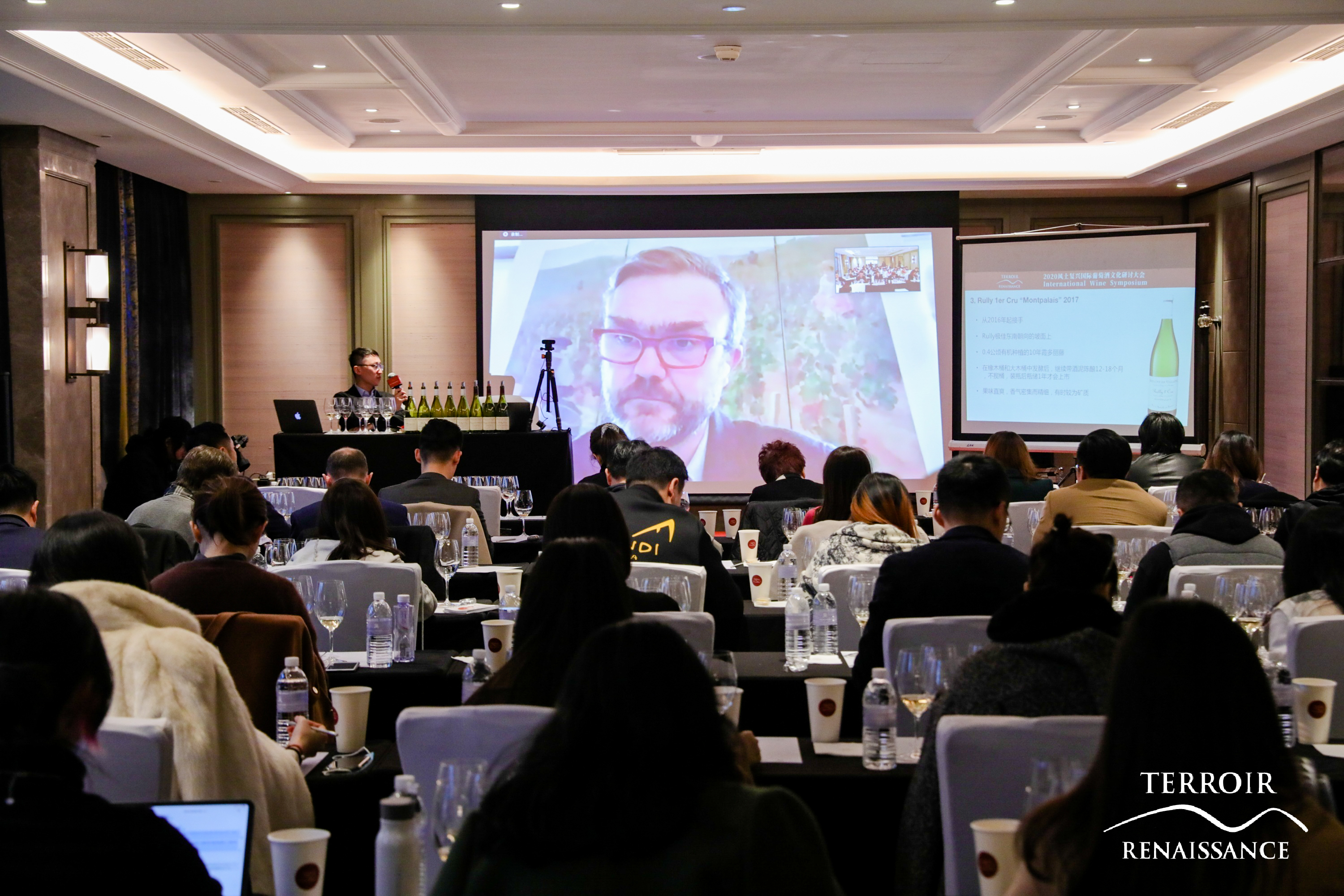


Behind the grand scene of the symposium, there are busy working staff and volunteers. Thank them for their hard work and ensure the success of the symposium. Once again, thanks to all the guests, experts, winemakers, all the friends who came to attend the symposium, and all the staff, volunteers, sponsors and partners who have given their support to the symposium and its concept.
|
Follow us! |
 |
 |
| TasteSpirit | Tastespiritmag |
PRESS CONTACTS
Press@TasteSpirit.com
or
Contact@tastespirit.com